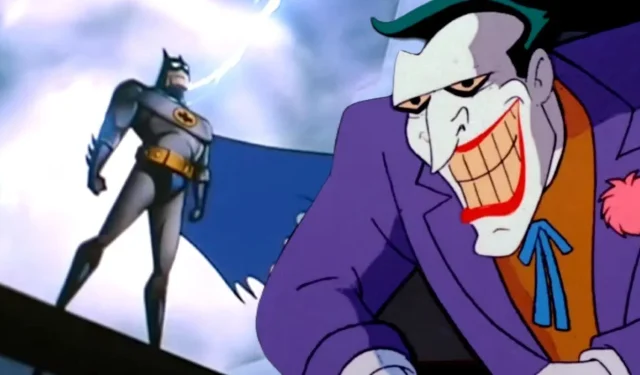
Batman: The Animated Series (BTAS), which debuted in 1992, is lauded as a landmark in animated storytelling. It fundamentally transformed superhero animation by introducing darker themes, rich visuals, and unforgettable characters, leaving an indelible mark on Batman’s narrative universe. Despite its historical significance and cultural impact, some elements of the series have aged poorly in our contemporary context. Modern viewers may find certain aspects strike a jarring note against today’s evolving cultural sensibilities, leading to a mixed legacy for this beloved show.
When BTAS premiered, it set a new standard in animation through its noir-inspired aesthetic and in-depth character arcs. The series did not shy away from confronting serious themes, setting it apart from typical children’s programming of that era. It presented definitive versions of iconic villains. Yet, as a creation of its time, the show reflects the cultural and technological influences prevalent in the early 1990s. While it broke new ground, it has since exposed certain shortcomings that underscore the shifts in societal norms and storytelling practices.
10 Bane Was Completely Wasted
See Batman: TAS Season 2, Episode 10 “Bane”

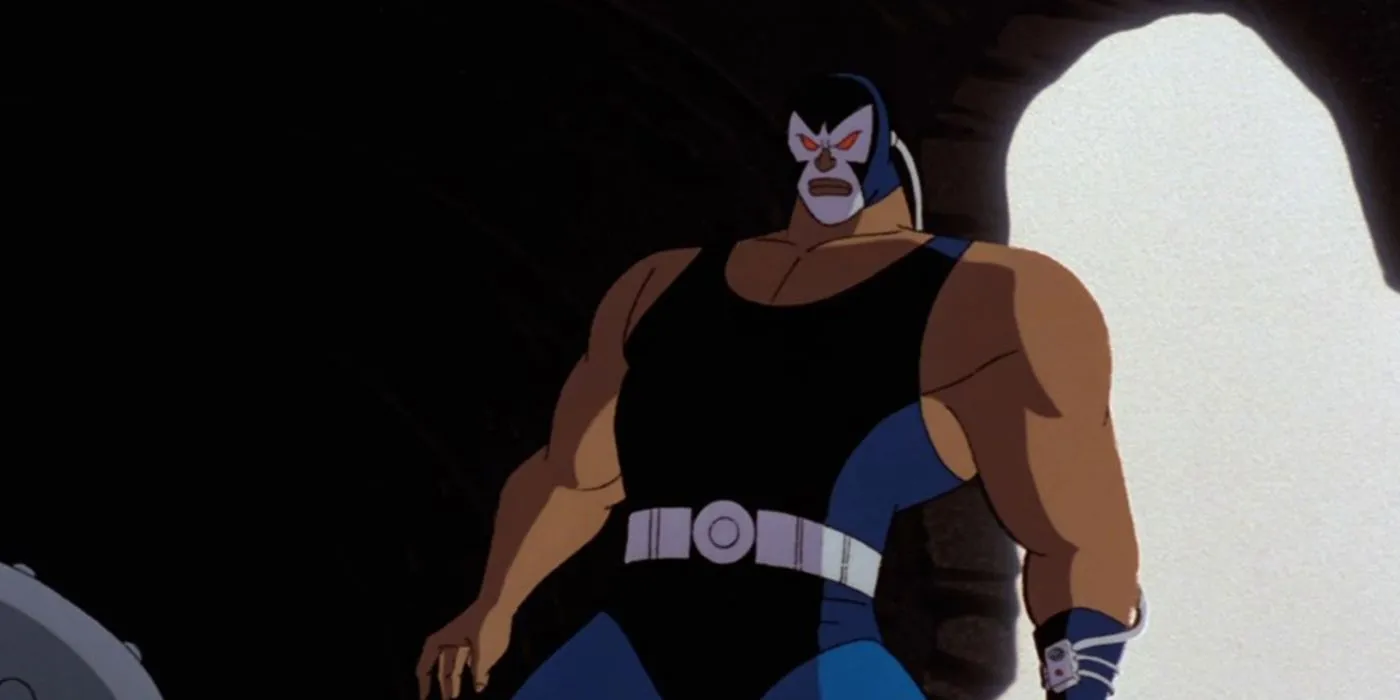

Within the expansive universe of Batman villains, Bane’s portrayal in BTAS stands out as particularly disappointing. Originally introduced in the comics as a cunning adversary capable of “breaking the Bat,” his character in the animated series was markedly less complex. Bane’s role was limited to a singular episode titled “Bane,”where he was reduced to a mere henchman, devoid of the intellectual nuance that defined his original comic counterpart.
This simplified characterization stripped Bane of his intricate backstory, rendering his defeat by Batman anticlimactic. As a result, his profound significance in Batman’s rogues’ gallery was overlooked. Subsequent portrayals in adaptations such as The Dark Knight Rises successfully reinvigorated his character, emphasizing the depth that BTAS failed to capture.
9 The Riddler’s Virtual Reality Riddles
See Batman: TAS Season 1, Episode 48 “What Is Reality?”
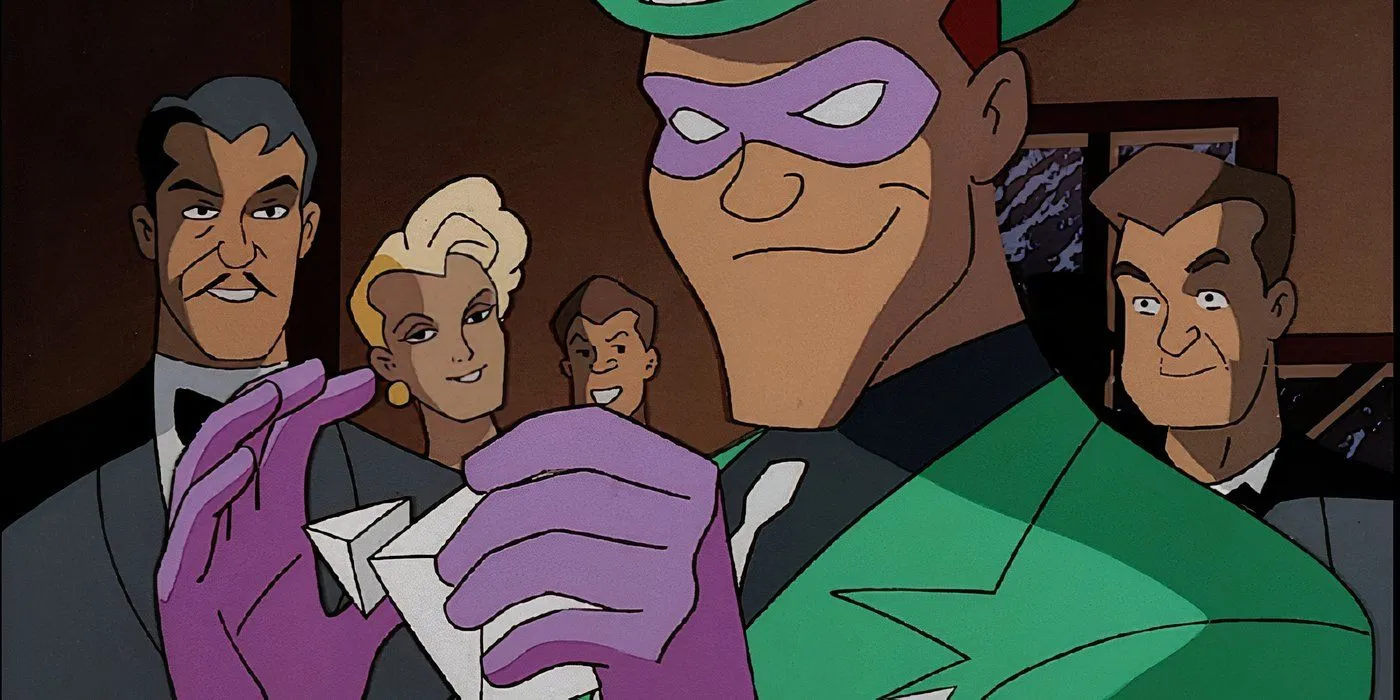
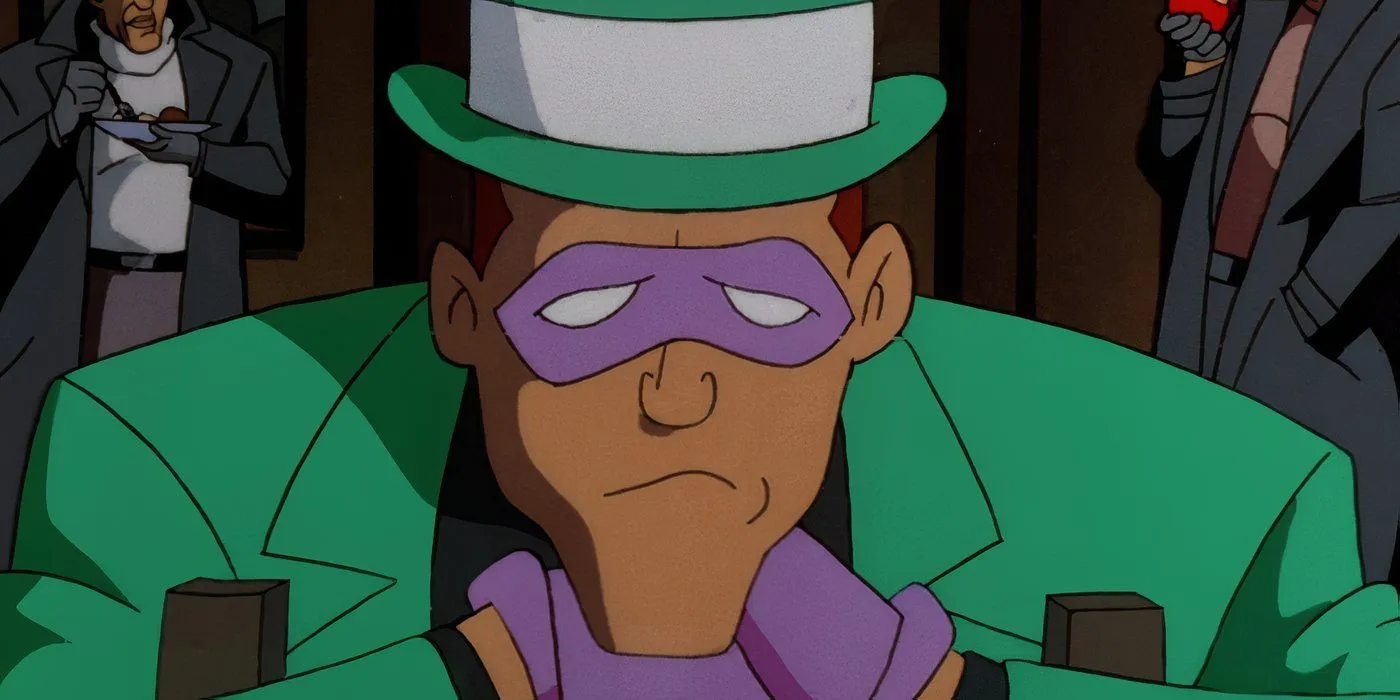
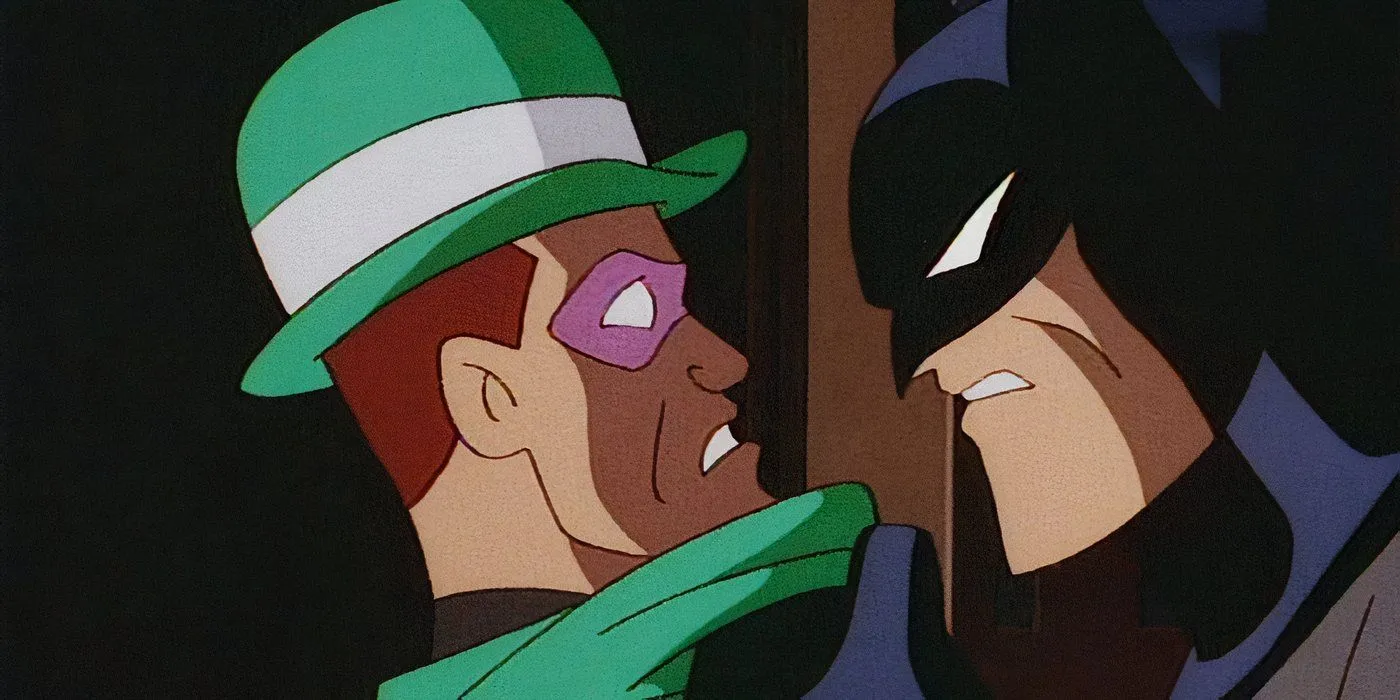
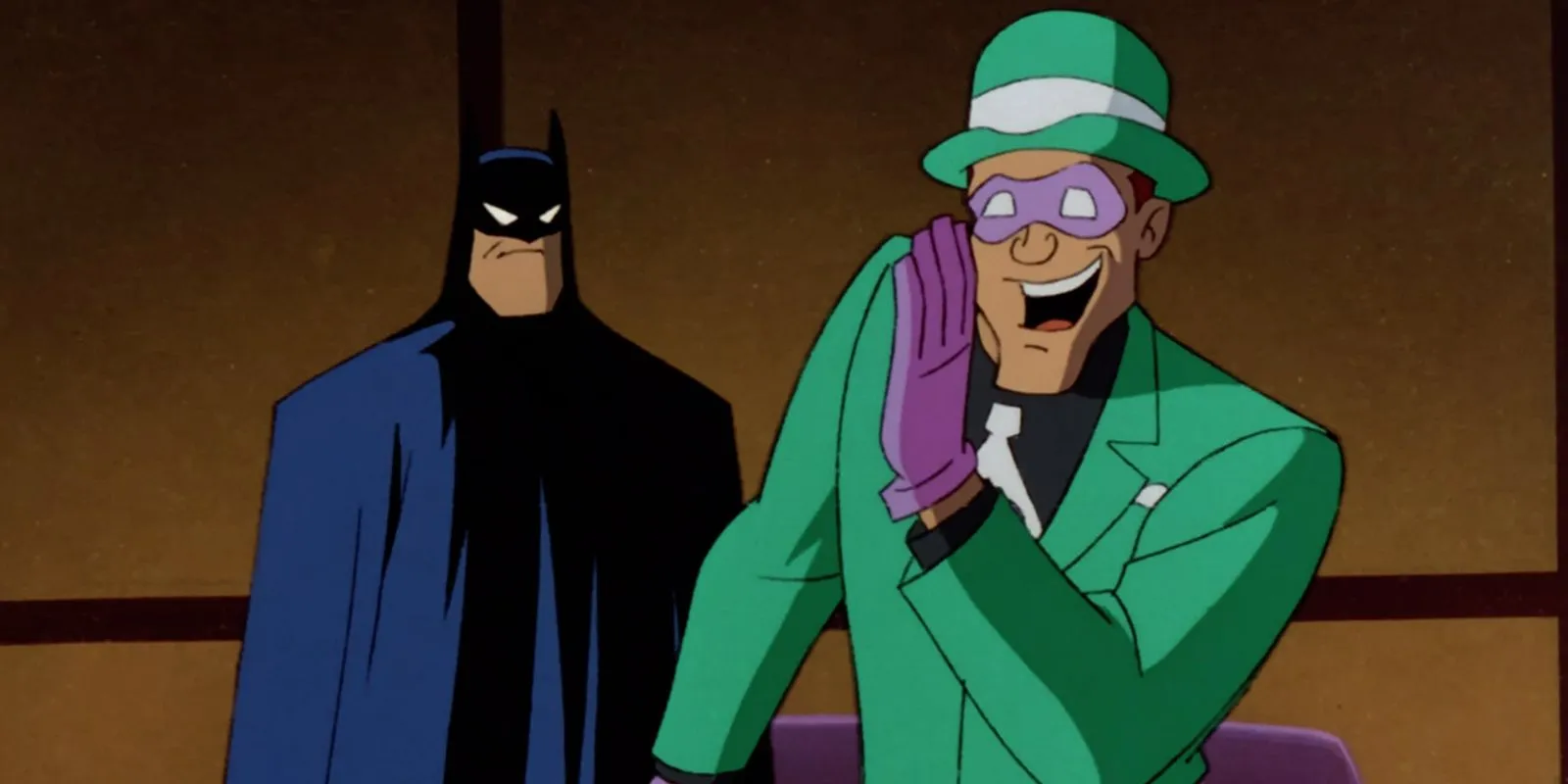
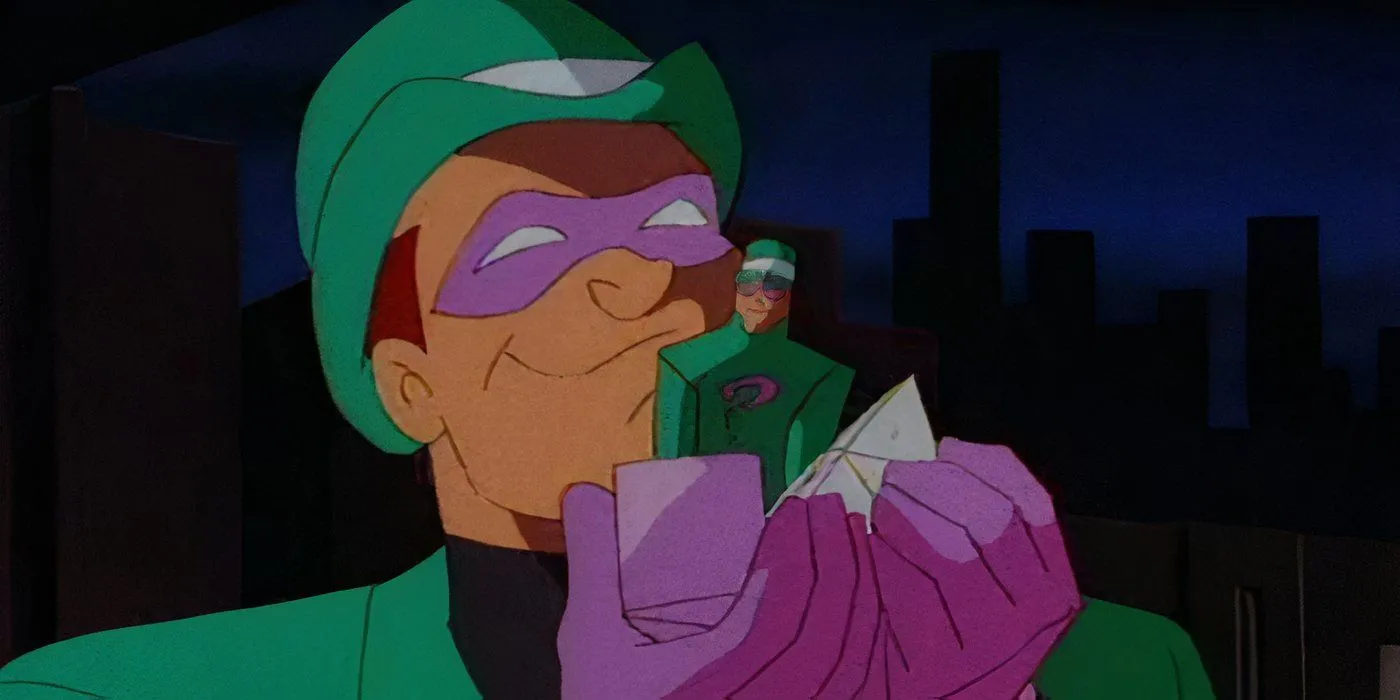
Characterized by his cerebral challenges, The Riddler is often described as the ultimate mastermind among Batman’s enemies. However, BTAS’s approach to his character—often relying on virtual reality and video games—feels surprisingly outdated. Episodes such as “If You’re So Smart, Why Aren’t You Rich?” and “What Is Reality?” illustrated an effort to modernize The Riddler’s puzzles through technological trends of the early ’90s.
Yet, as time has progressed, this choice reveals itself as a detriment. The emphasis on virtual reality detracts from the quintessential charm of The Riddler’s classic riddles and clever wordplay. Consequently, these episodes may now resonate less with contemporary viewers, who may prefer more timeless interpretations that avoid technological gimmicks.
8 Repetitive Female Character Models
See Batman: TAS Season 1, Episode 15 “The Cat And The Claw”
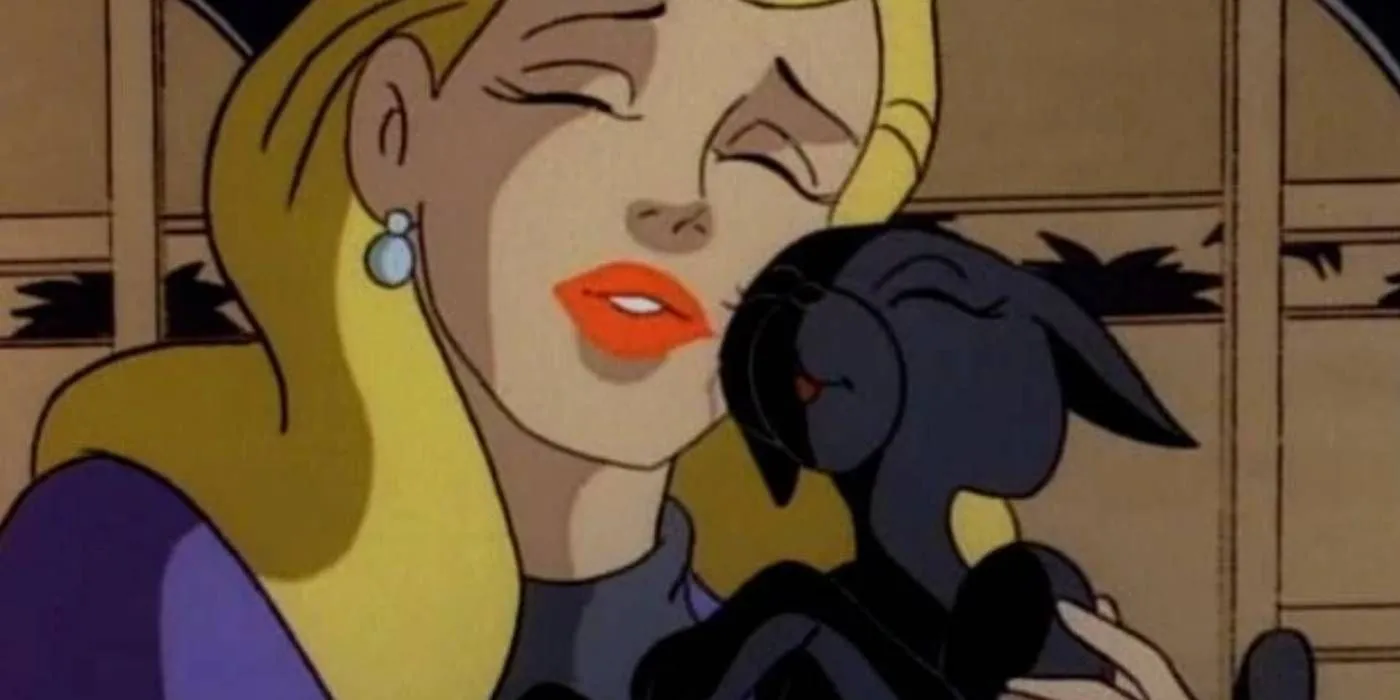
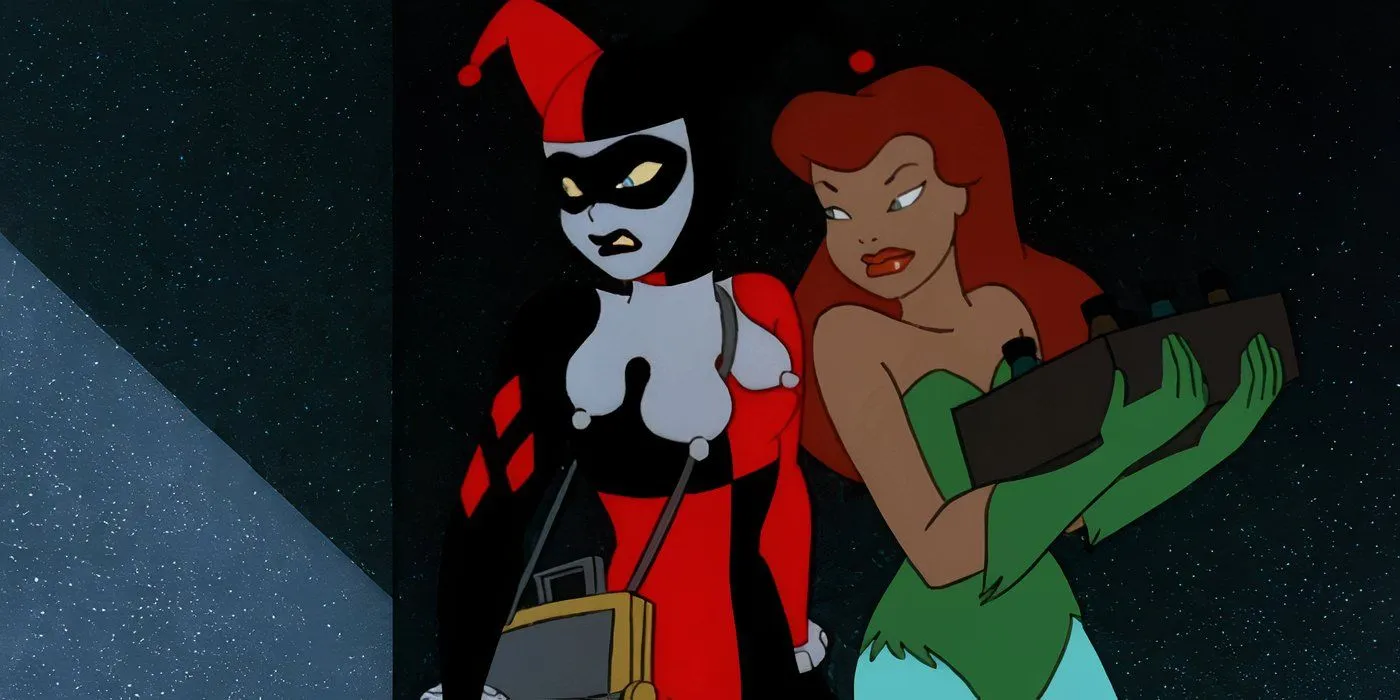
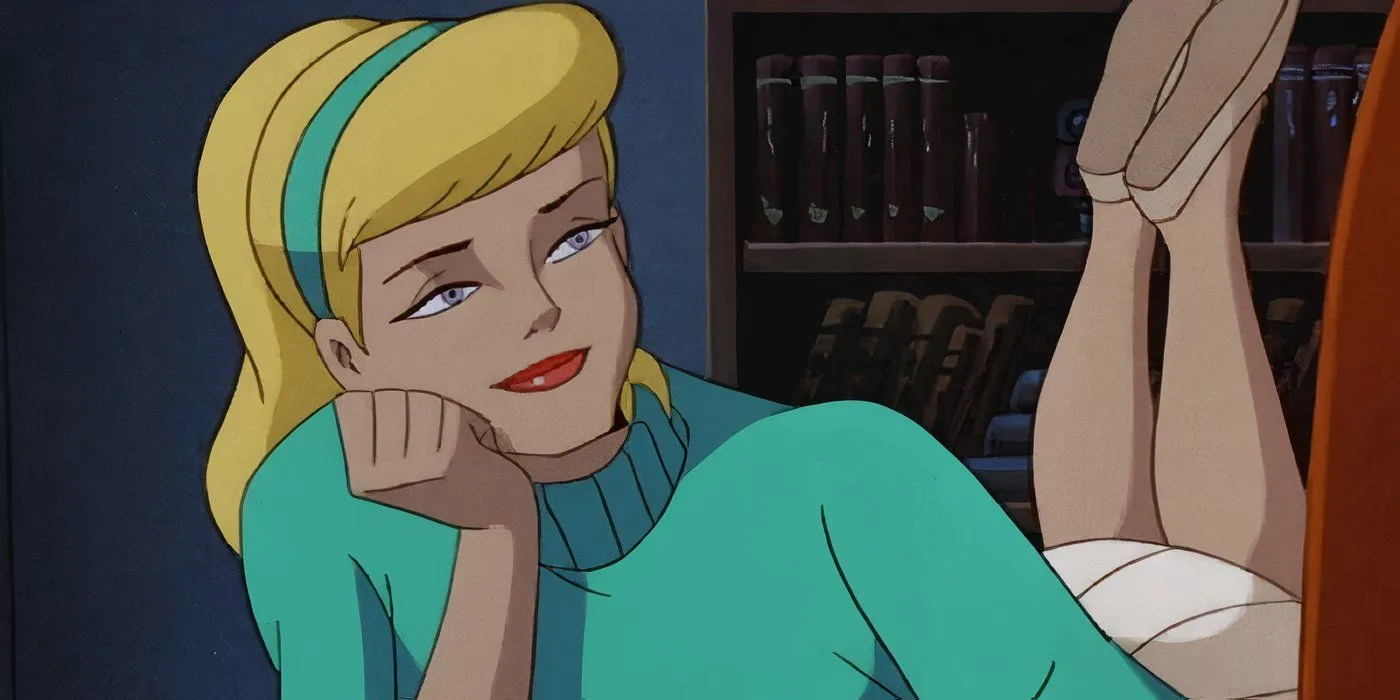
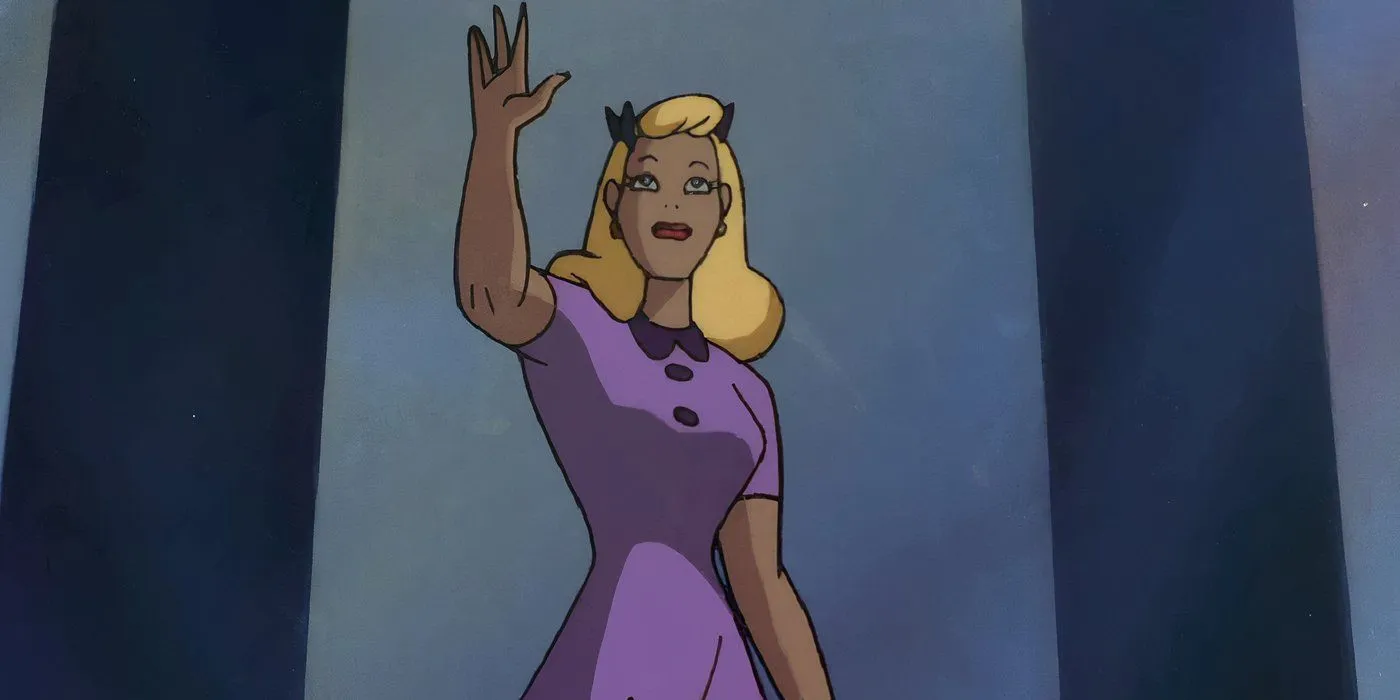
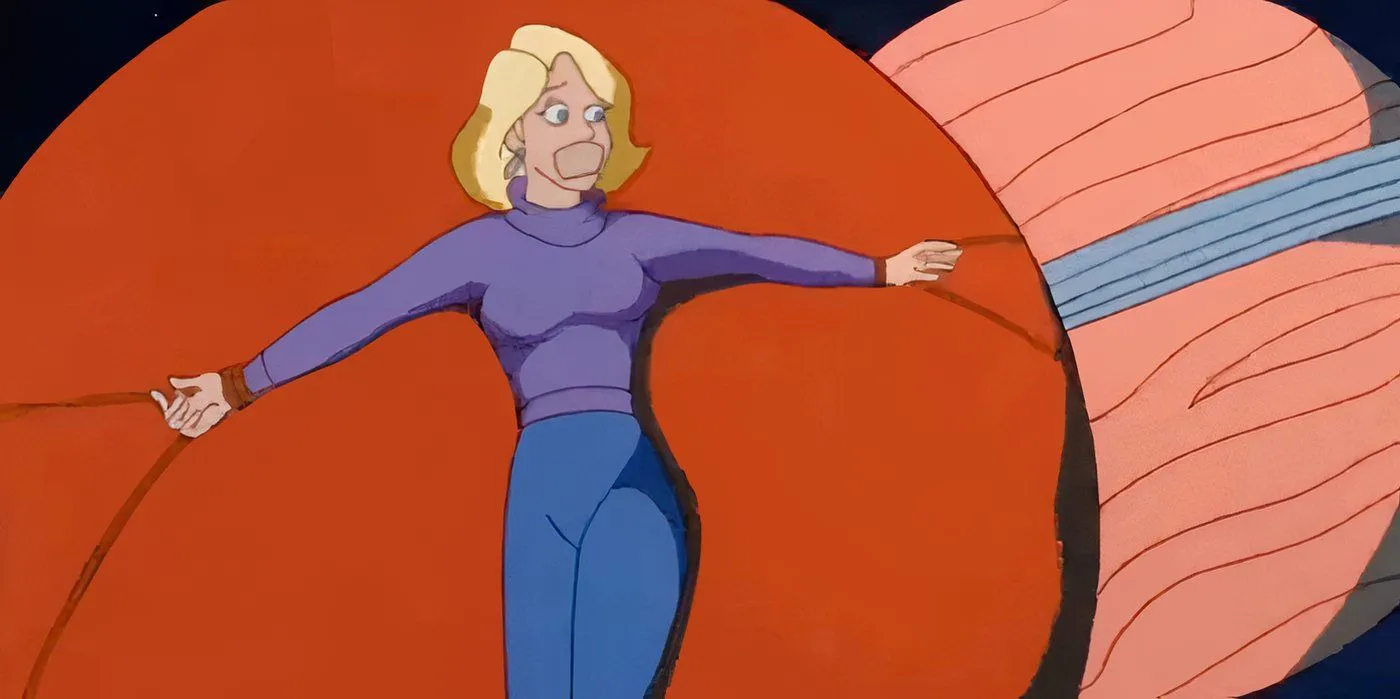
One notable critique of BTAS pertains to its portrayal of female characters, often characterized by a lack of variety. The female models frequently reflect near-identical physical types, differentiated primarily by hair color or style. This pervasive similarity appears superficial, especially when contrasted with the robust character development afforded to their male counterparts. Female characters often serve as mere plot devices, lacking the depth necessary to become fully realized figures.
Although characters like Harley Quinn and Poison Ivy break this mold, they are exceptions rather than the rule. The narrative patterns in which women predominantly inhabit roles such as love interests, sidekicks, or villains underscore a broader issue relevant to media representation at the time. As contemporary audiences demand stronger, more nuanced female representations, the dated tropes presented in BTAS are increasingly viewed as a significant shortcoming.
7 The Slow Pace Can Be Excruciating At Times
See Batman: TAS Season 1, Episode 4 “The Last Laugh”

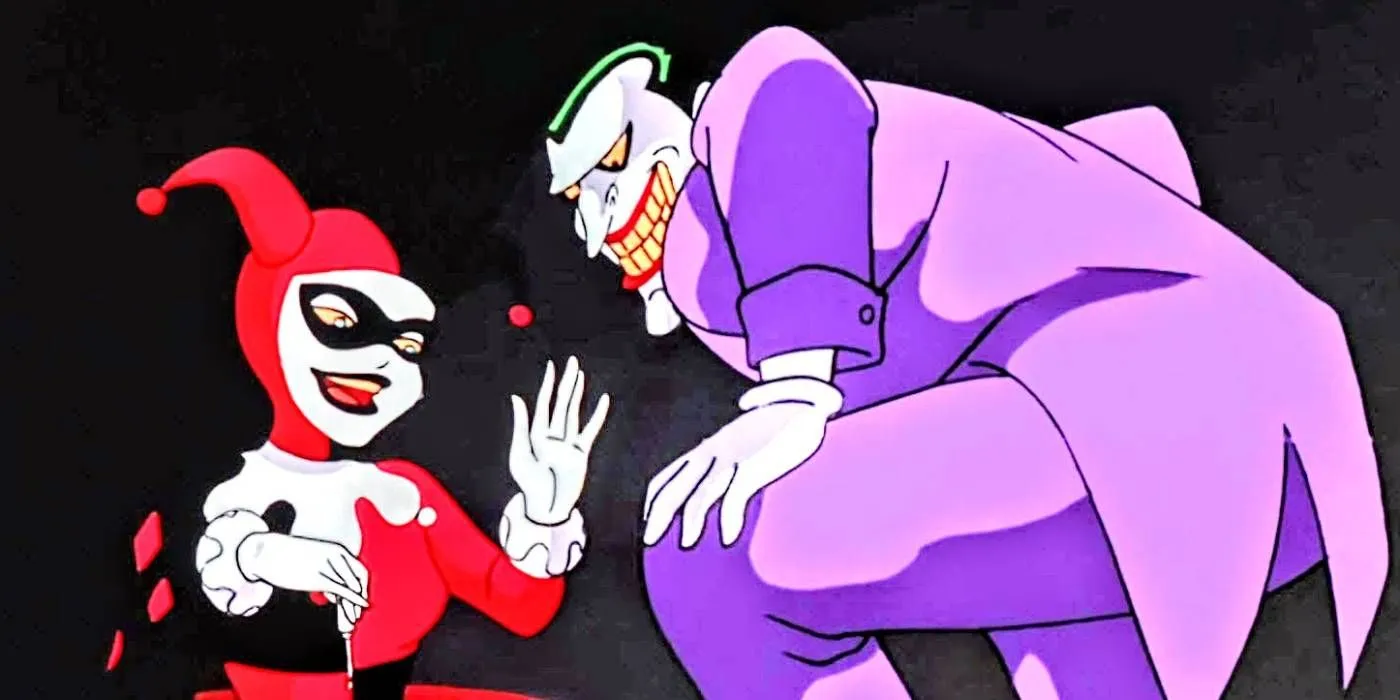
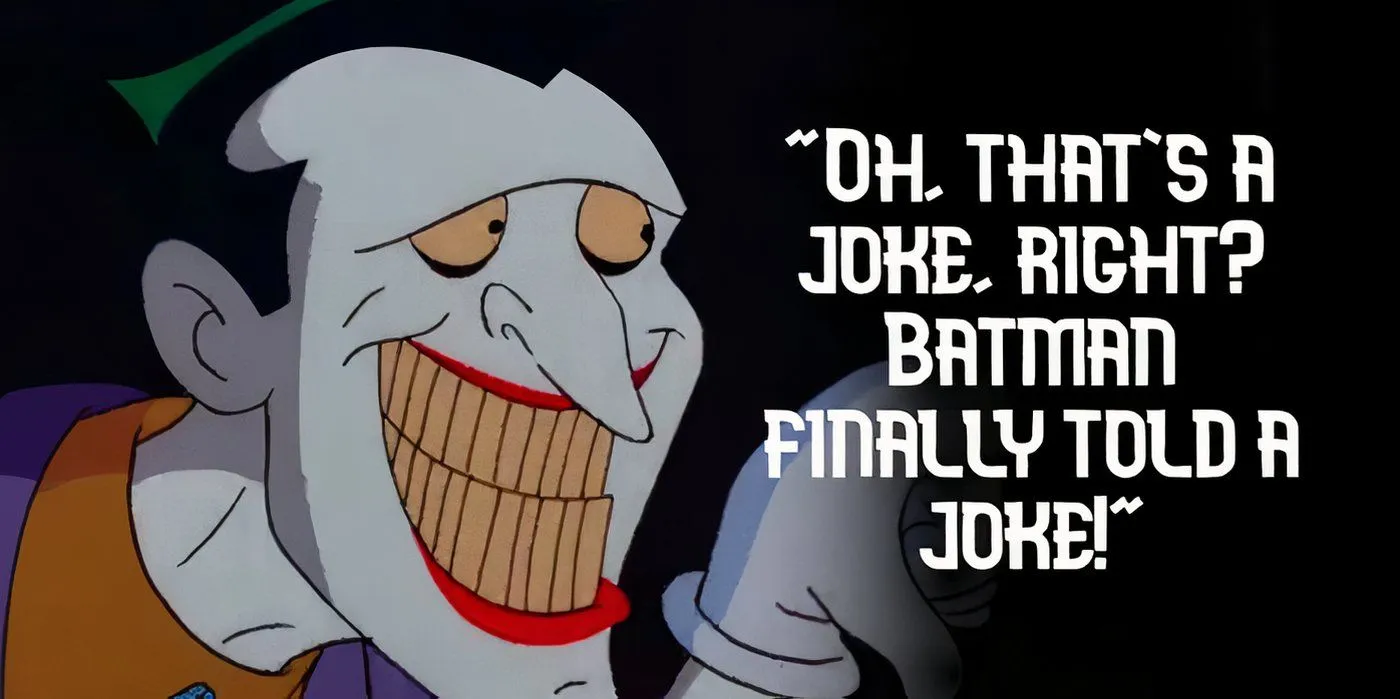
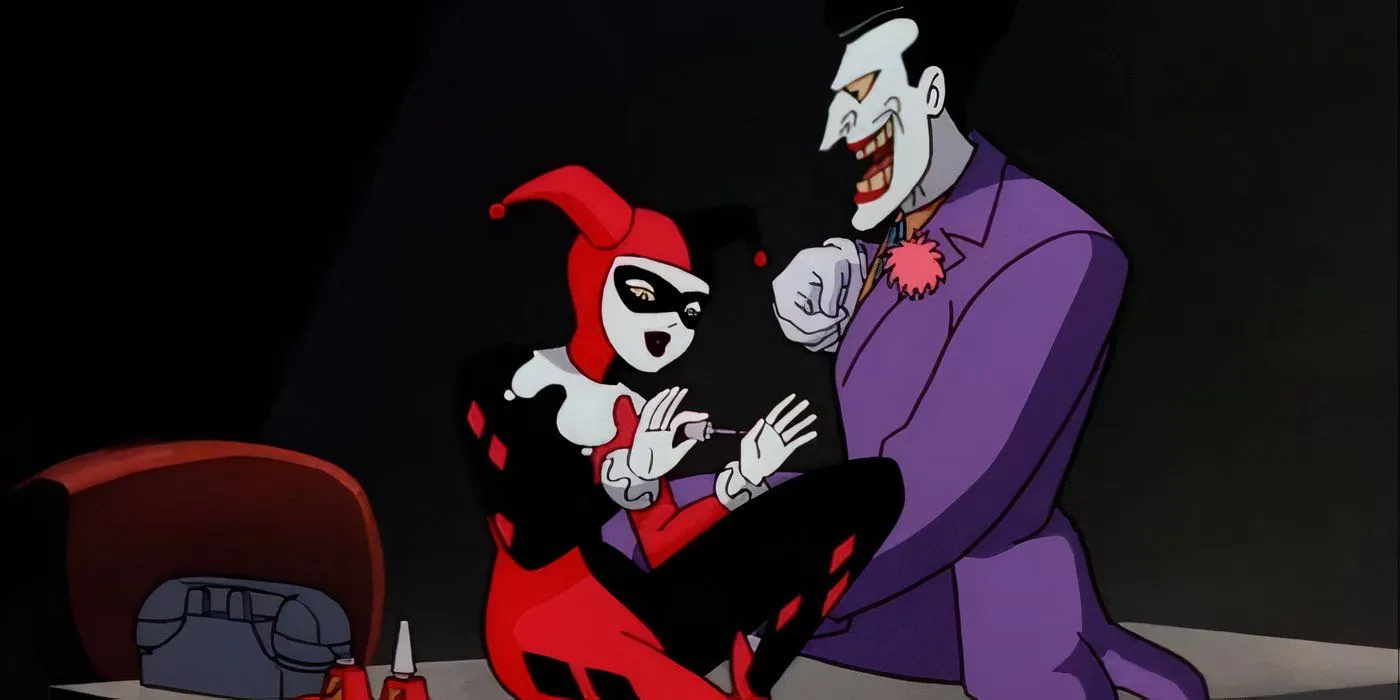
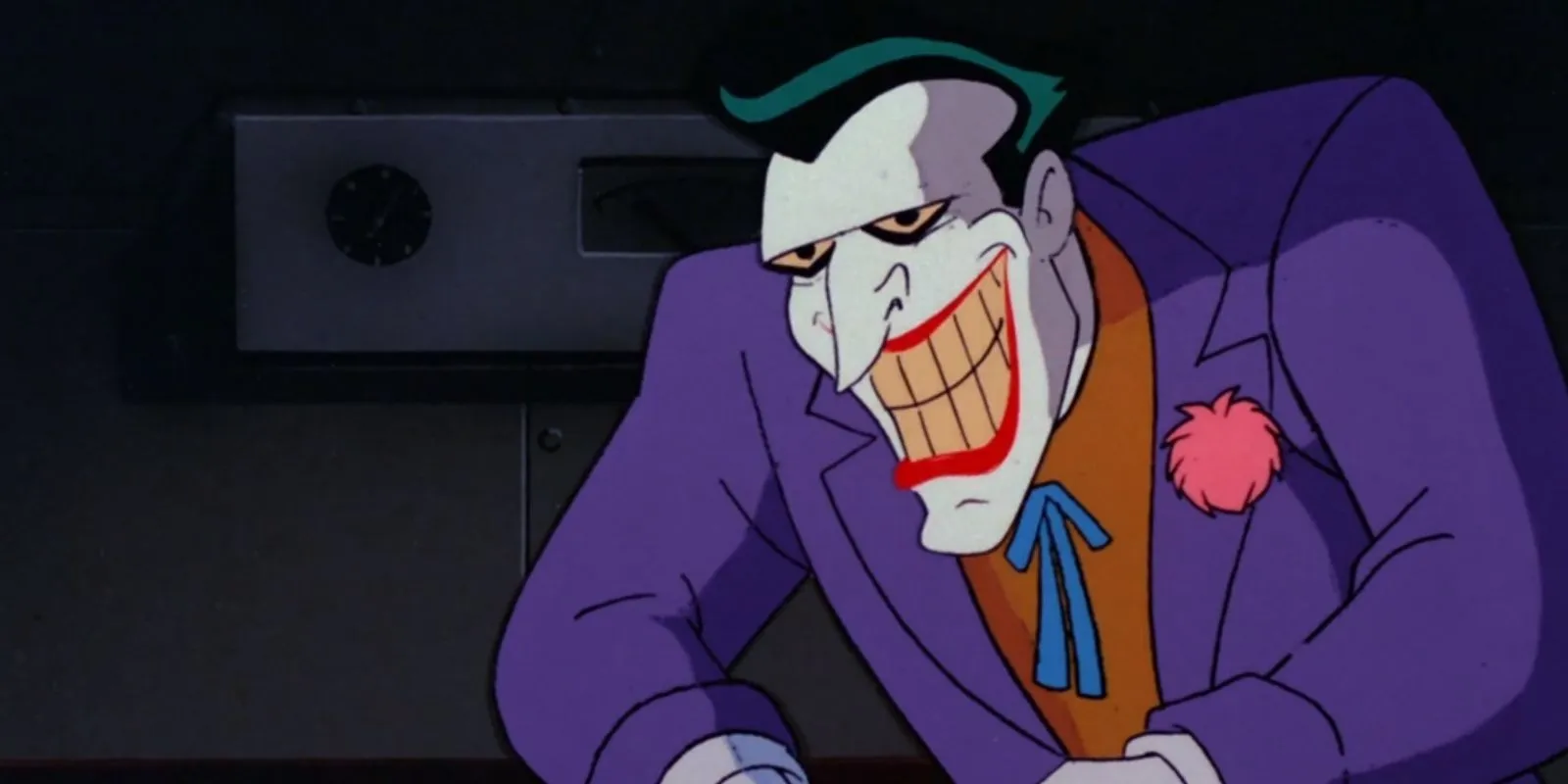
While the series is often praised for its meticulous pacing that builds tension, this deliberate tempo can sometimes verge on frustrating. Certain scenes, such as The Joker and his crew disembarking from a boat in “The Last Laugh,” are excessively protracted, resulting in an experience that may test the patience of contemporary viewers.
The slower pacing, originally intended to evoke the spirit of classic noir, can feel out of sync with the preferences of today’s audience, who favor rapid storytelling. While a measured approach is not inherently problematic, modern retainers of the series might find some moments excessive. This serves as a reminder of how narrative techniques have evolved in animation and TV media.
6 Fluctuations In Animation Quality
See Batman: TAS Season 1, Episode 36 “Cat Scratch Fever”
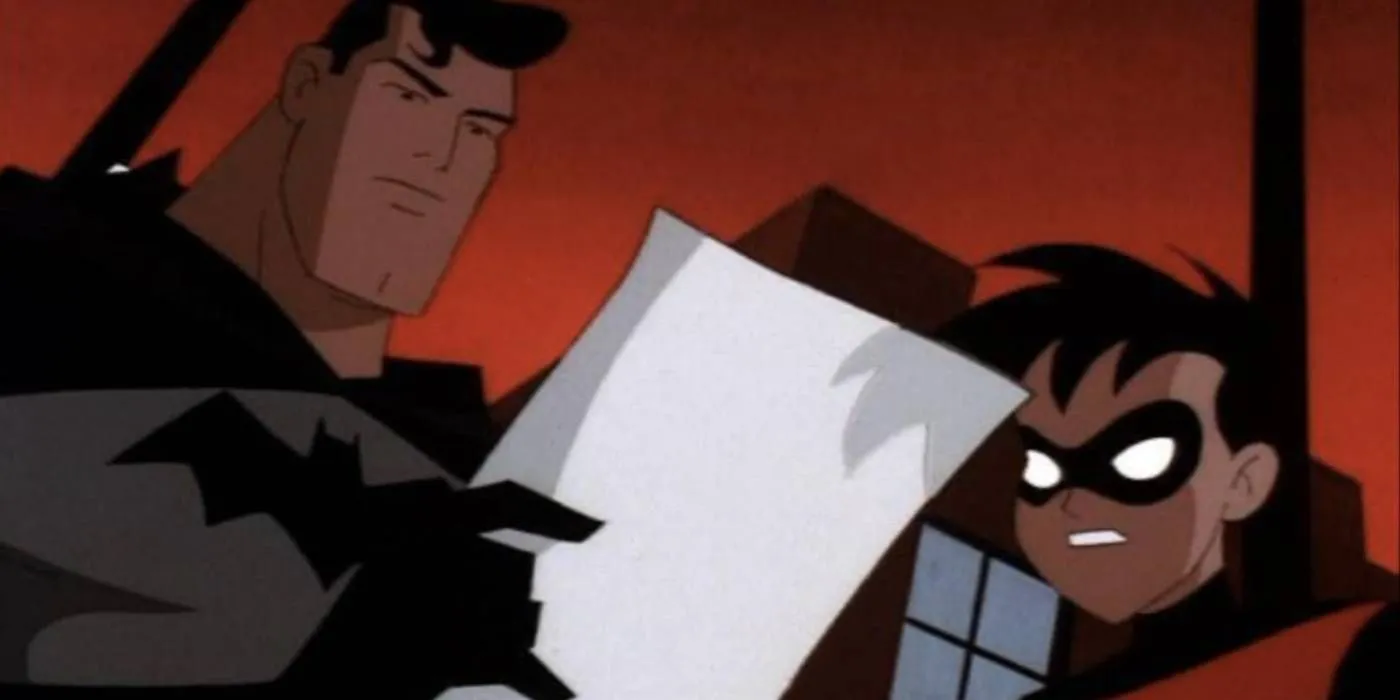

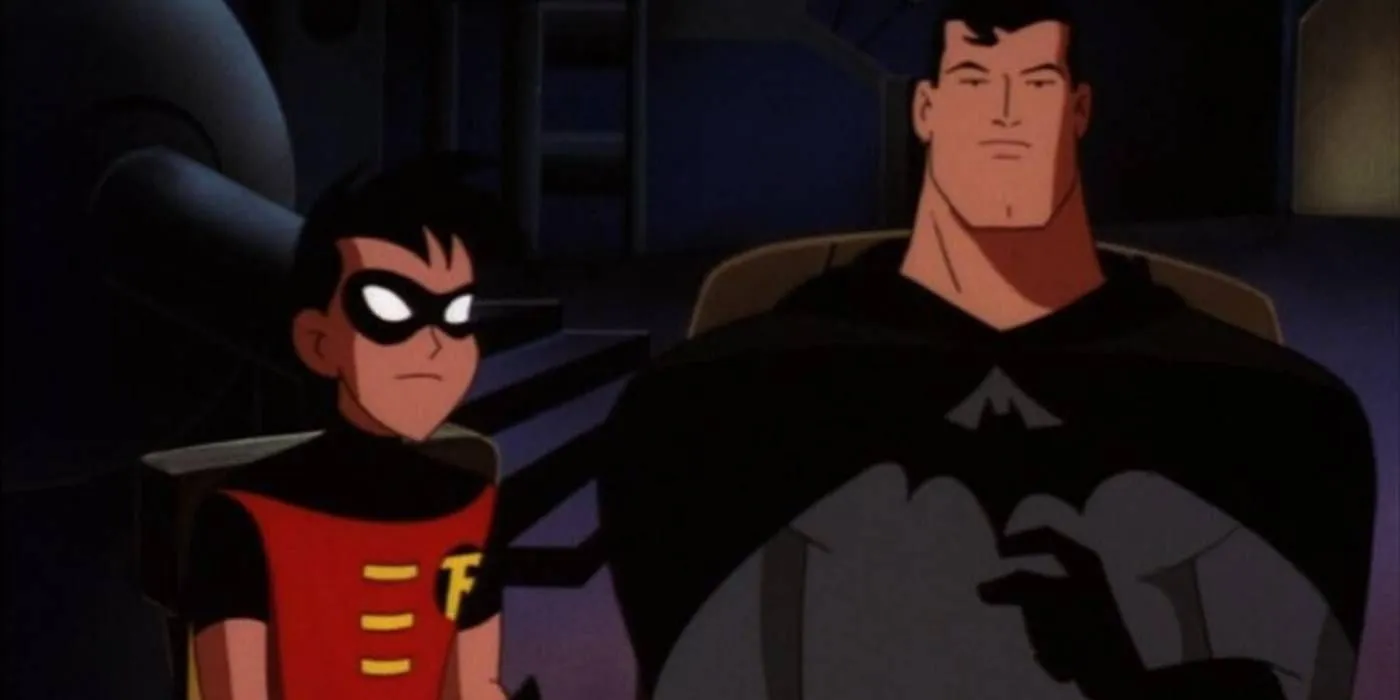
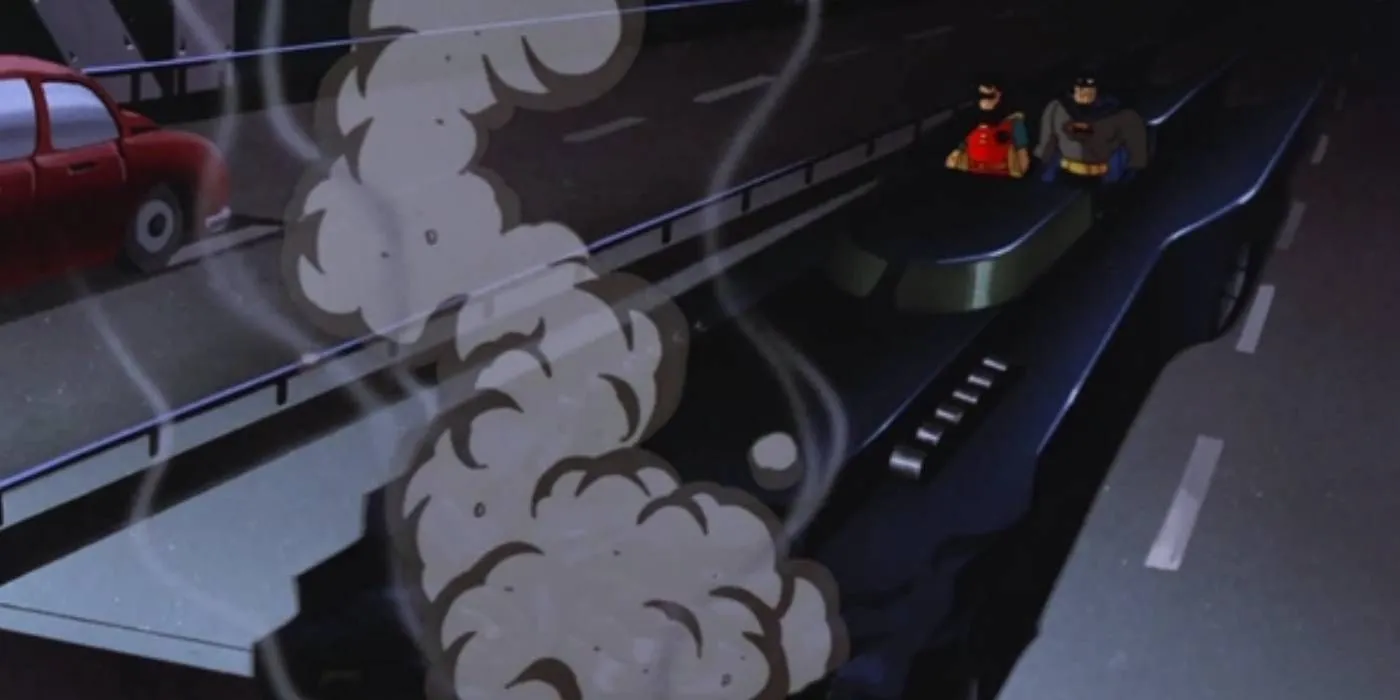

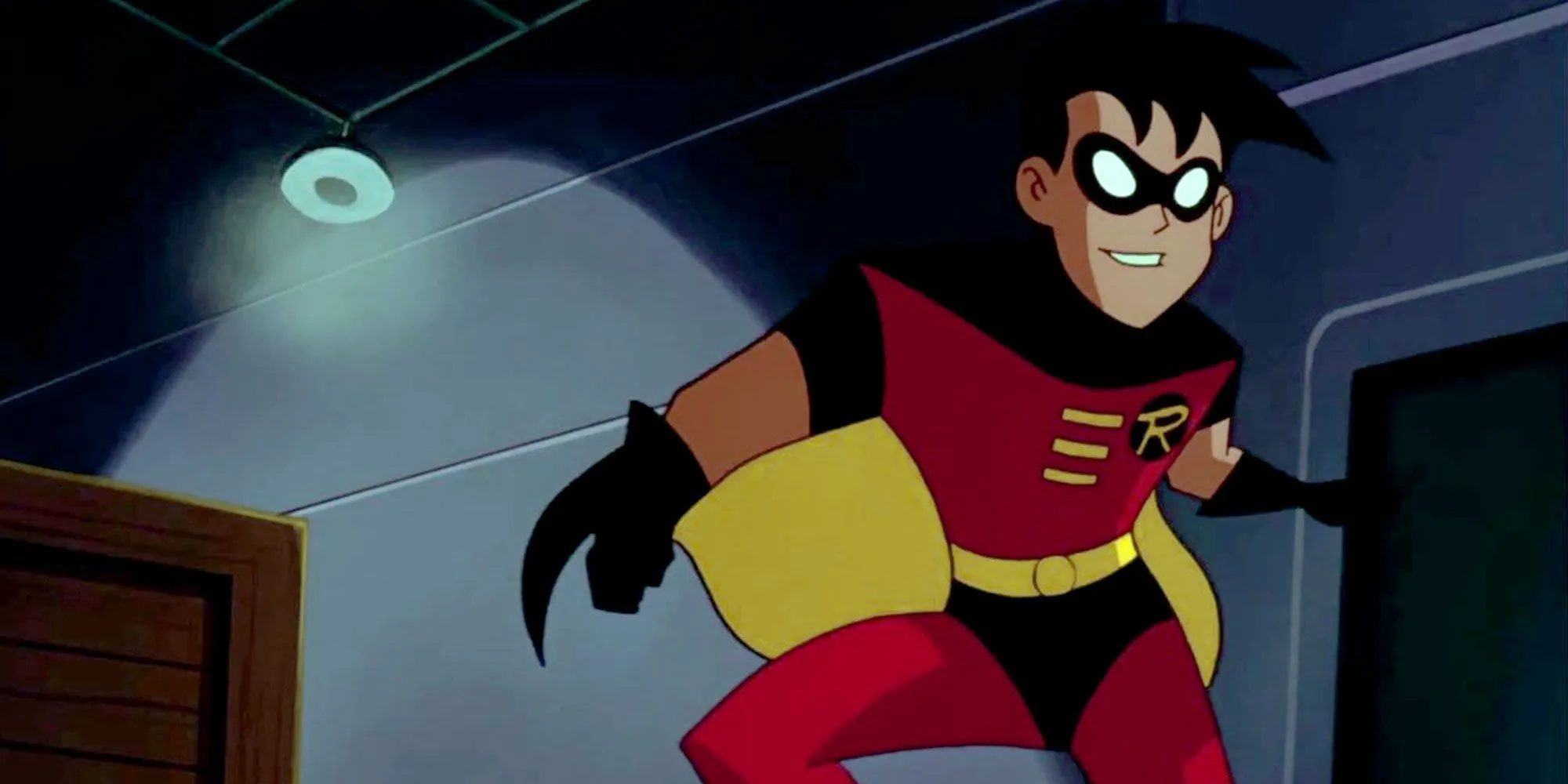
BTAS is renowned for its artistic innovation, particularly the choice to animate on black paper, lending a unique depth to its visuals. However, the series is also marked by inconsistencies in animation quality. While some episodes are animated with finesse and intricate detail, others can feel remarkably subpar, characterized by awkward character movements and bland backgrounds.
Such fluctuations can detract from the viewing experience, as they starkly contrast the series’ otherwise high standards. Less polished scenes disrupt immersion and may appear glaringly out of step with the show’s best work. Given today’s animation capabilities and audience expectations, these inconsistencies become more apparent.
5 Some Of The Fight Scenes Were Stiff
See Batman: TAS Season 1, Episode 4 “The Last Laugh”
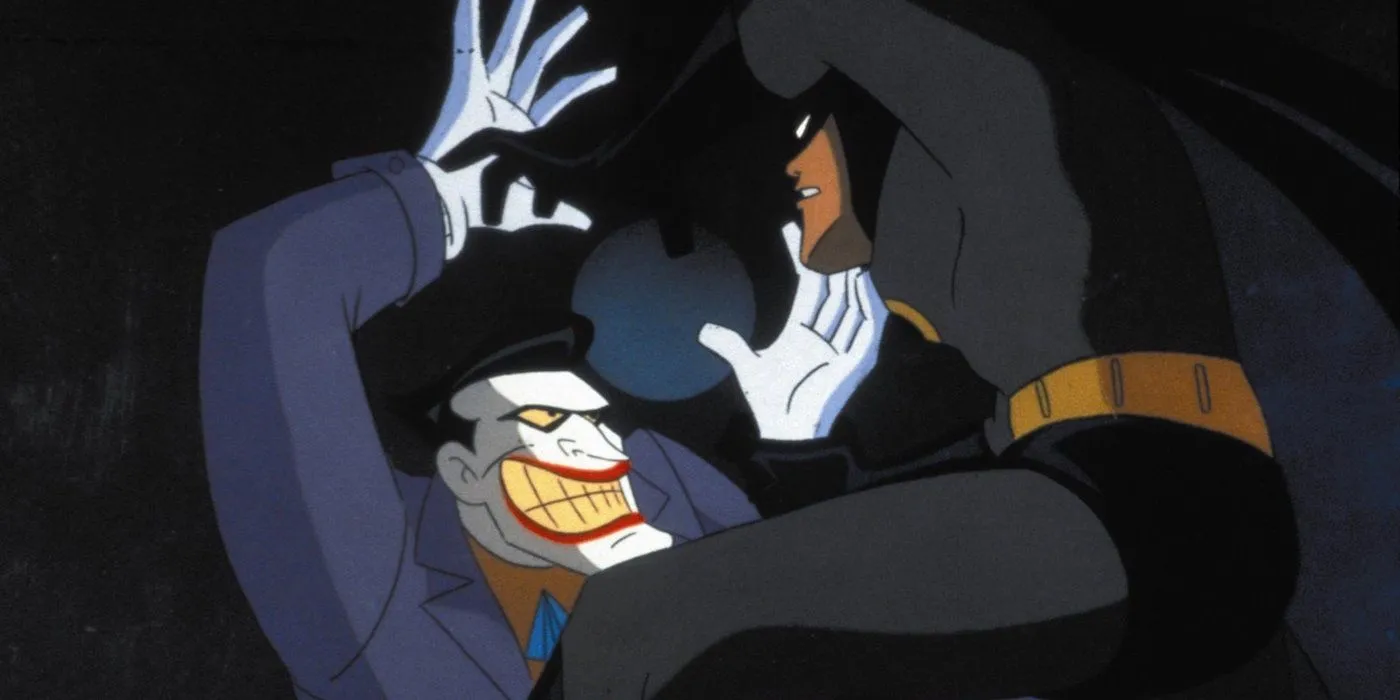
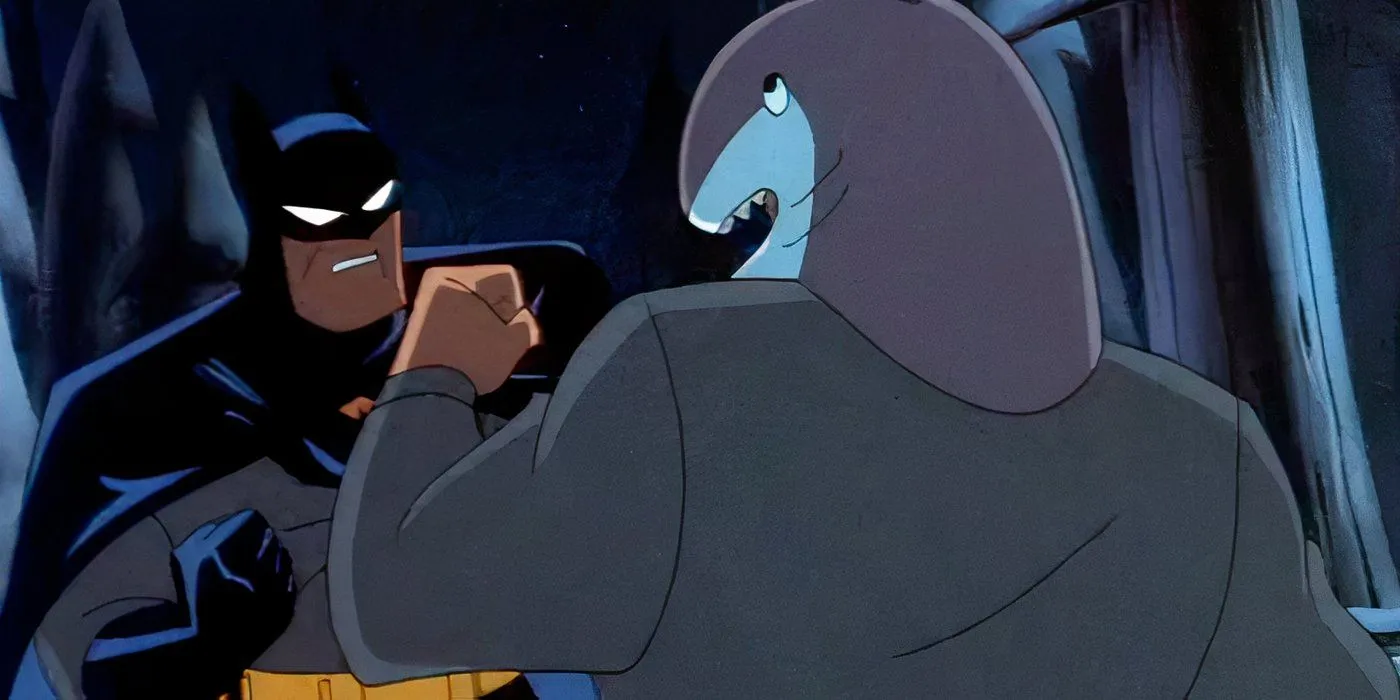
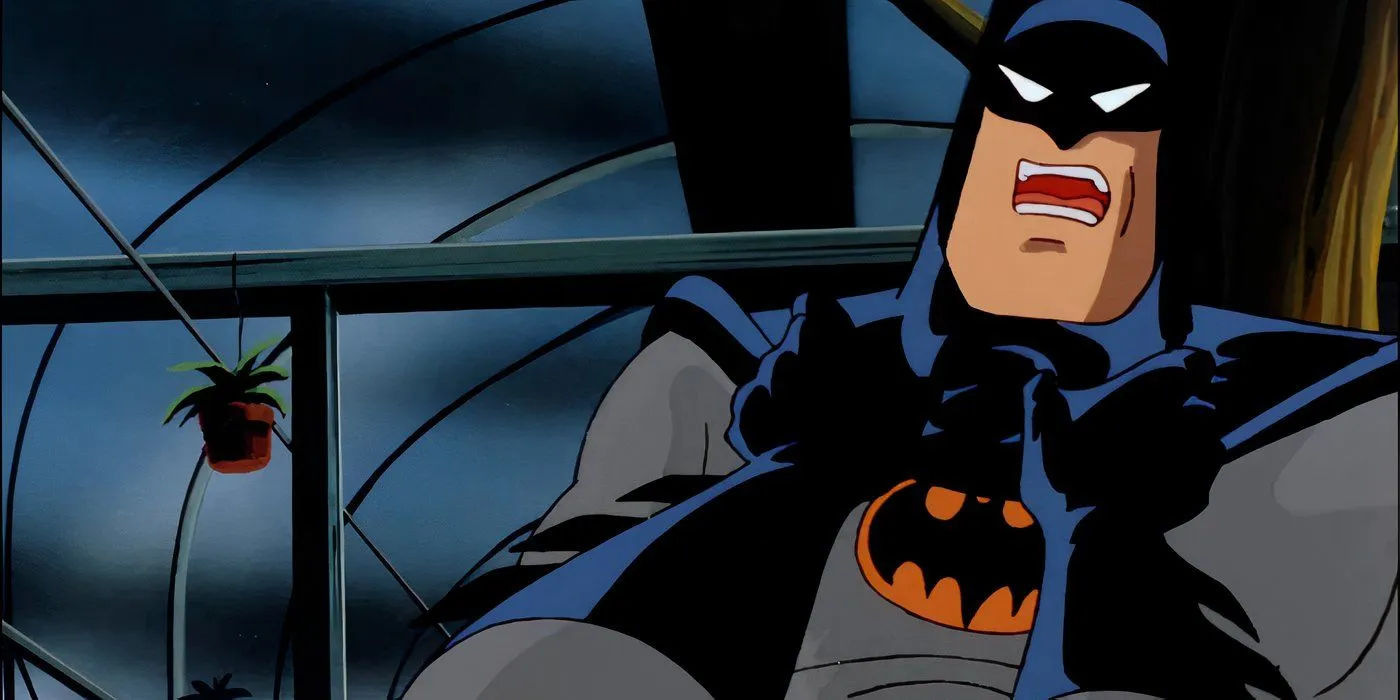
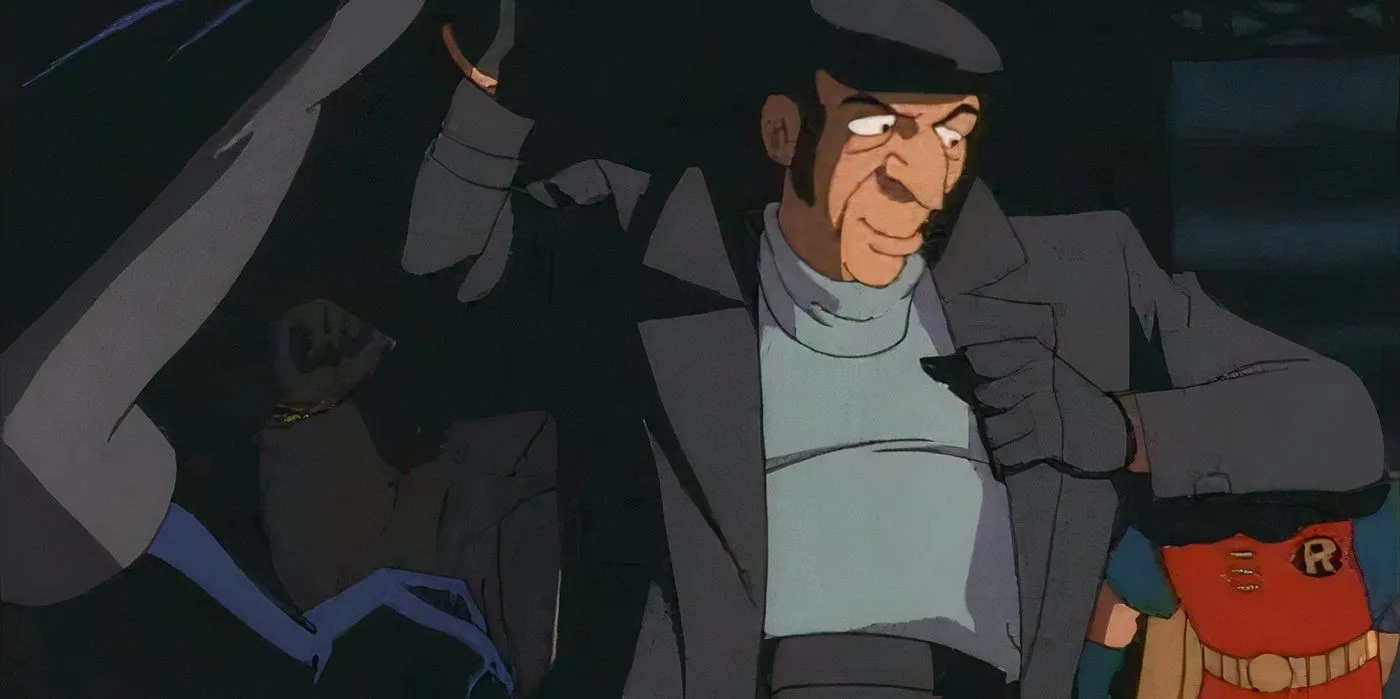

Although Batman is renowned for his prowess in combat, the fight scenes in BTAS often lack the dynamic energy expected from superhero narratives. Many sequences suffered from elementary choreography, featuring sluggish movements and limited action. These shortcomings reflect the restrictions of animational technologies and budget limitations of the time, often resulting in static battles that fail to capture excitement.
Additionally, the constraints imposed by censorship and the nature of children’s cartoons meant that violence depicted was often downplayed. Though the series excelled in narrative depth and atmosphere, these fight sequences frequently felt lackluster, especially when compared to the pulse-pounding action found in today’s animated superhero films. The outdated nature of the combat reflects the substantial advancements that animation techniques have undergone in recent years.
4 The Beginnings Of Batman’s Controversial Romance
See Batman: TAS Season 2, Episode 20 “Batgirl Returns”


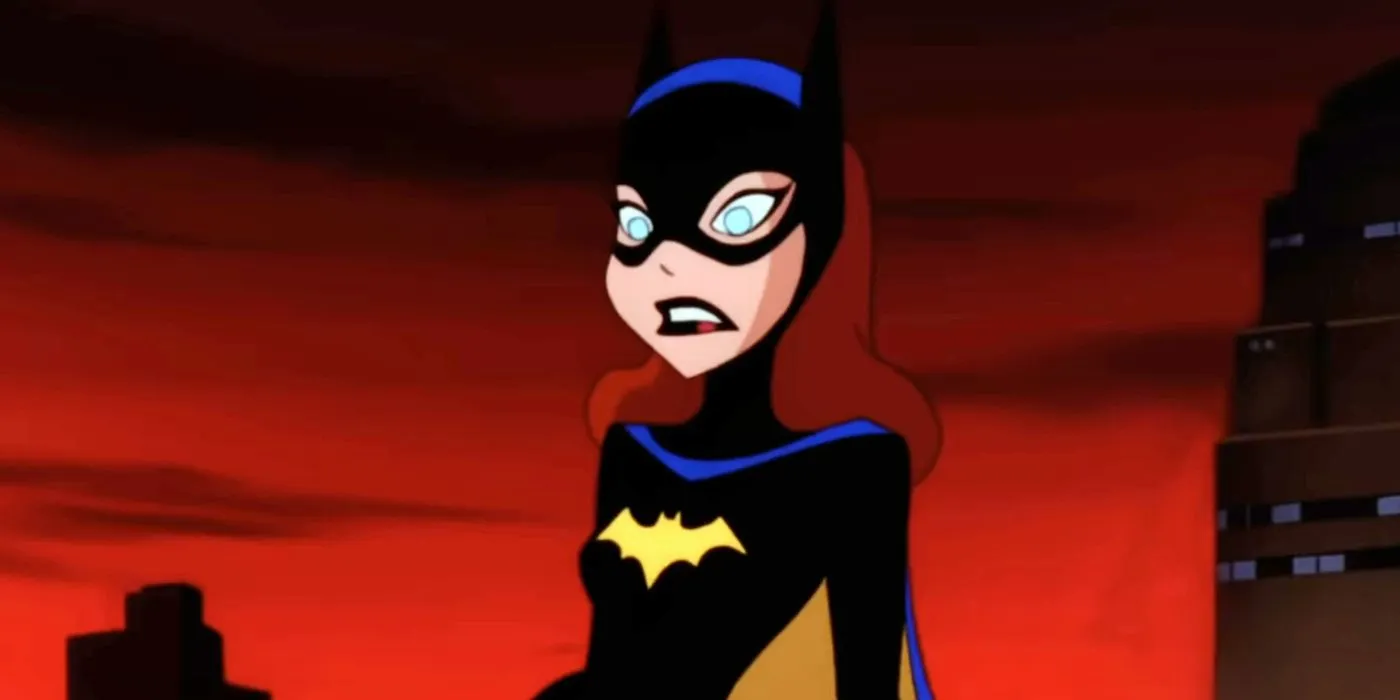
A contentious aspect of Batman’s character arc is his romantic involvement with Batgirl. Although their relationship was only subtly hinted at in BTAS, it gained traction in subsequent related media like Batman Beyond and became overt in the animated film adaptation The Killing Joke. For many fans, the dynamic is fraught with discomfort due to the evident age and power imbalance between the characters.
As viewers look back on their interactions in BTAS, what might have once seemed innocuous now carries unsettling implications. The nuances of their relationship add a layer of complexity to the series, creating a paradox where this once-celebrated show now contains elements seen as problematic. This aspect of Batman’s narrative remains a topic of debate, revealing a blemish on the otherwise celebrated legacy of BTAS.
3 The Depiction Of Mental Health Was Problematic
See Batman: TAS Season 2, Episode 15 “Second Chance”
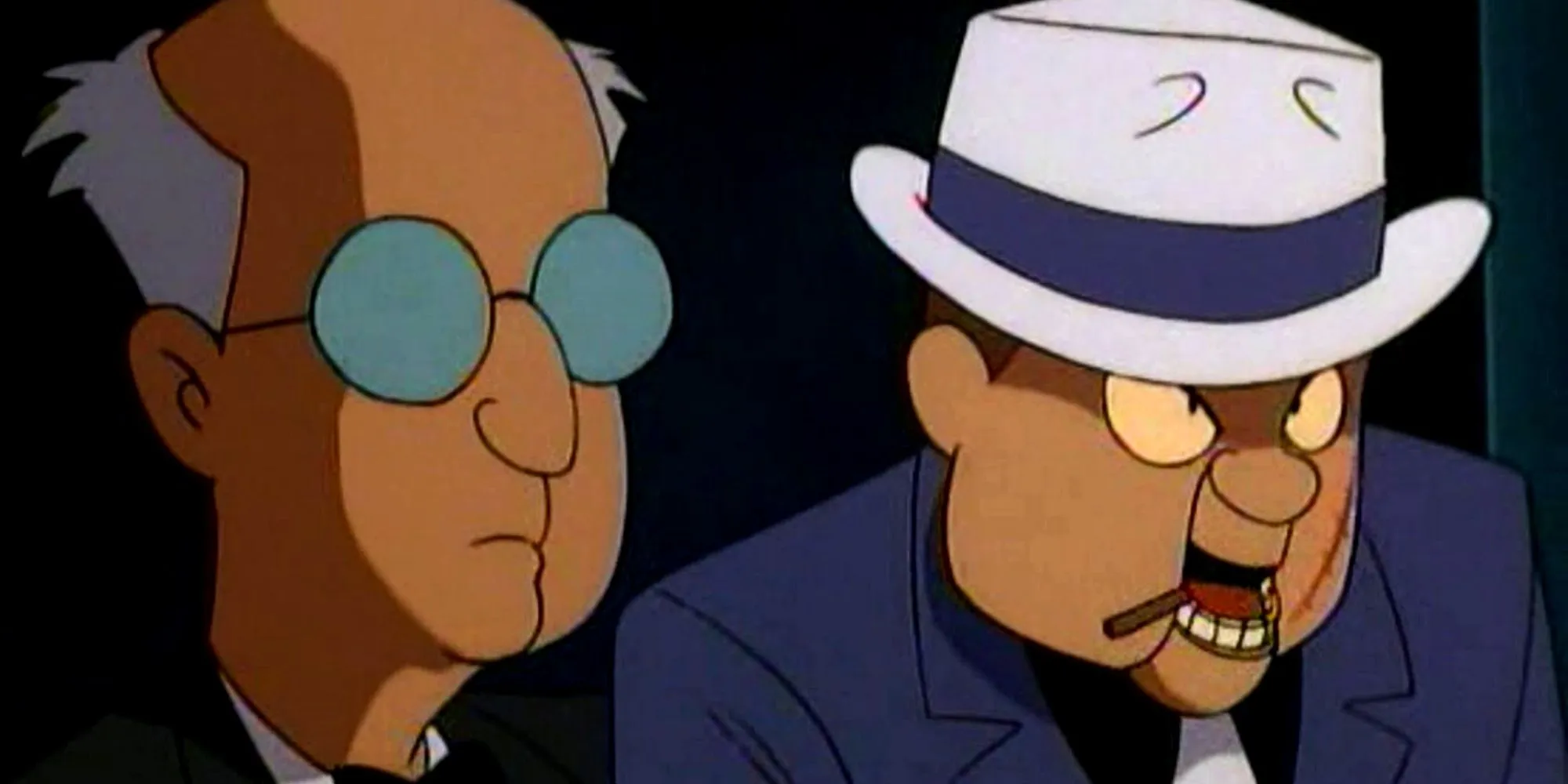
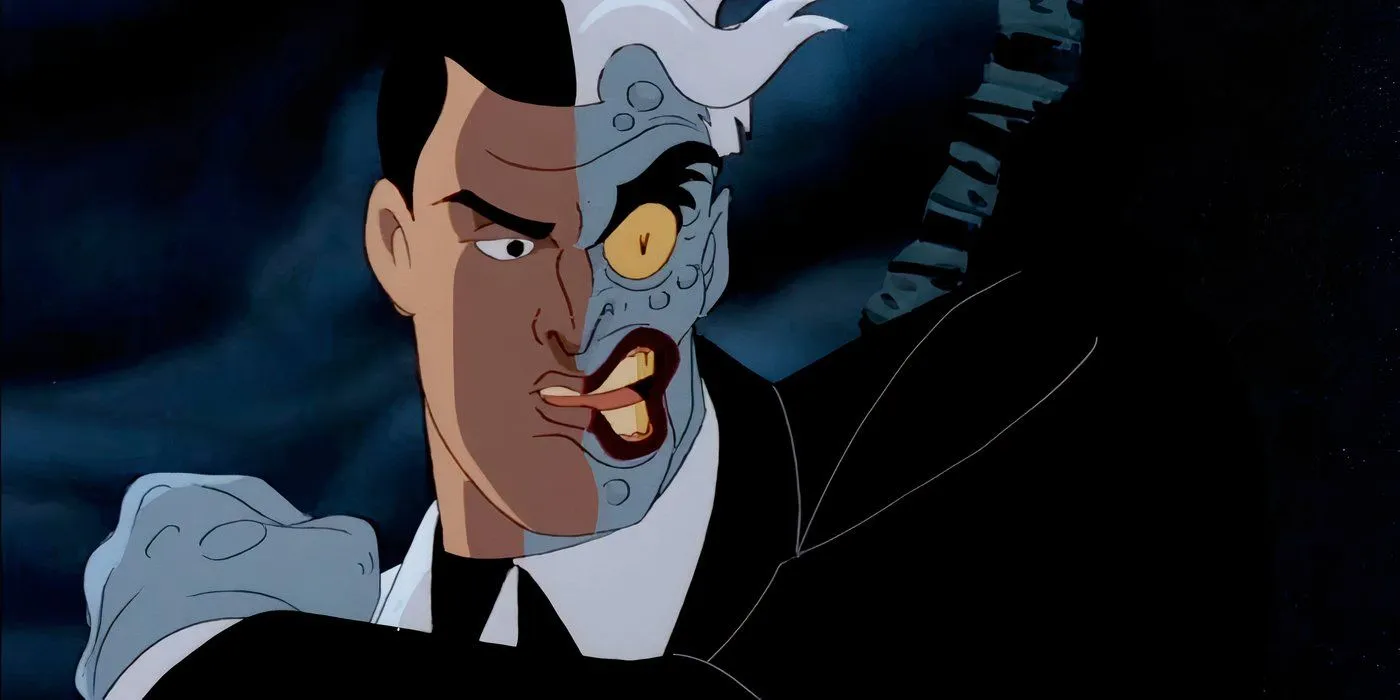
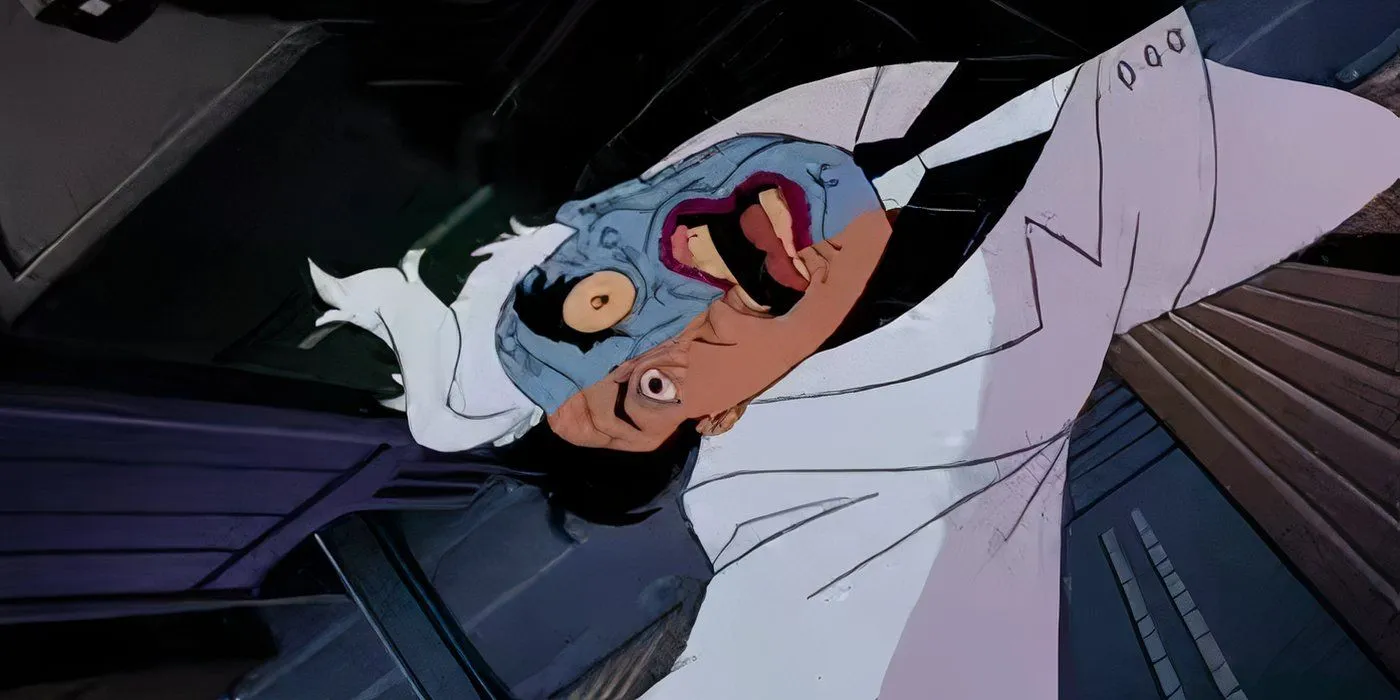

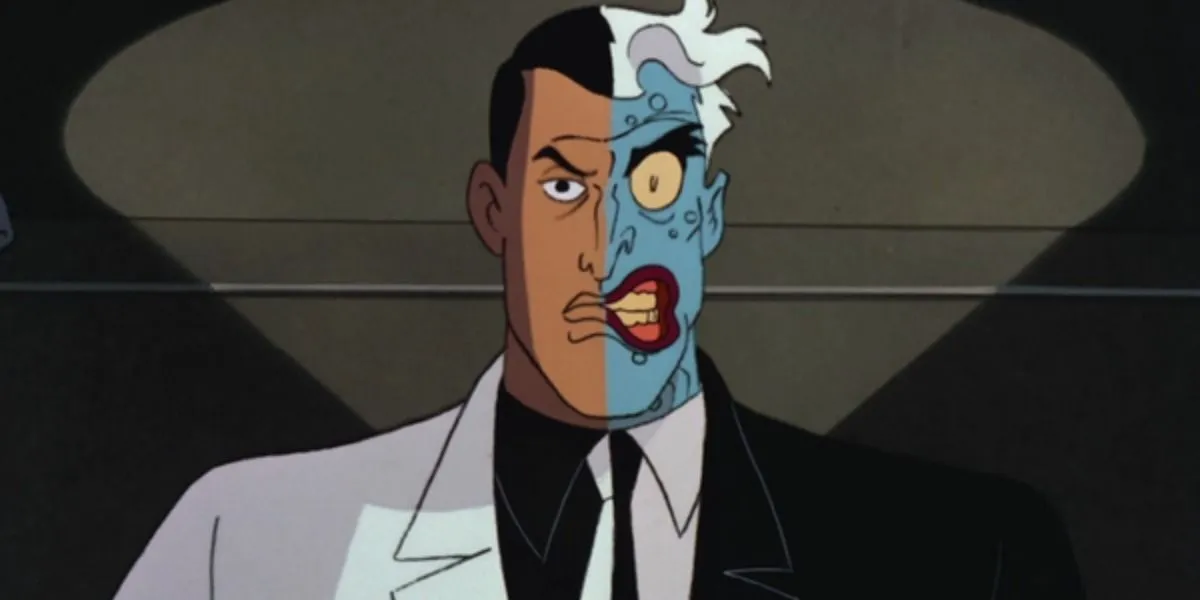
BTAS deserves recognition for its early exploration of mental health themes through characters like Two-Face and Mr. Freeze, who were portrayed with compassion and nuance. Yet, despite these innovative strides, it frequently conflated mental health with villainy, suggesting that psychological issues directly equate to criminal behavior. For instance, the portrayal of Two-Face and the Ventriloquist as dangerous primarily due to their mental health conditions reinforces harmful stigmas.
This reductionist view contributes to the stereotype that illness equates to criminality, a notion that modern audiences find both troubling and reductive. Although BTAS broke ground in depicting psychological struggles, it did so while perpetuating damaging stereotypes that modern viewers are increasingly aware of and reject.
2 Some Episodes Were Quite Poor
See Batman: TAS Season 1, Episode 13 “I’ve Got Batman In My Basement”
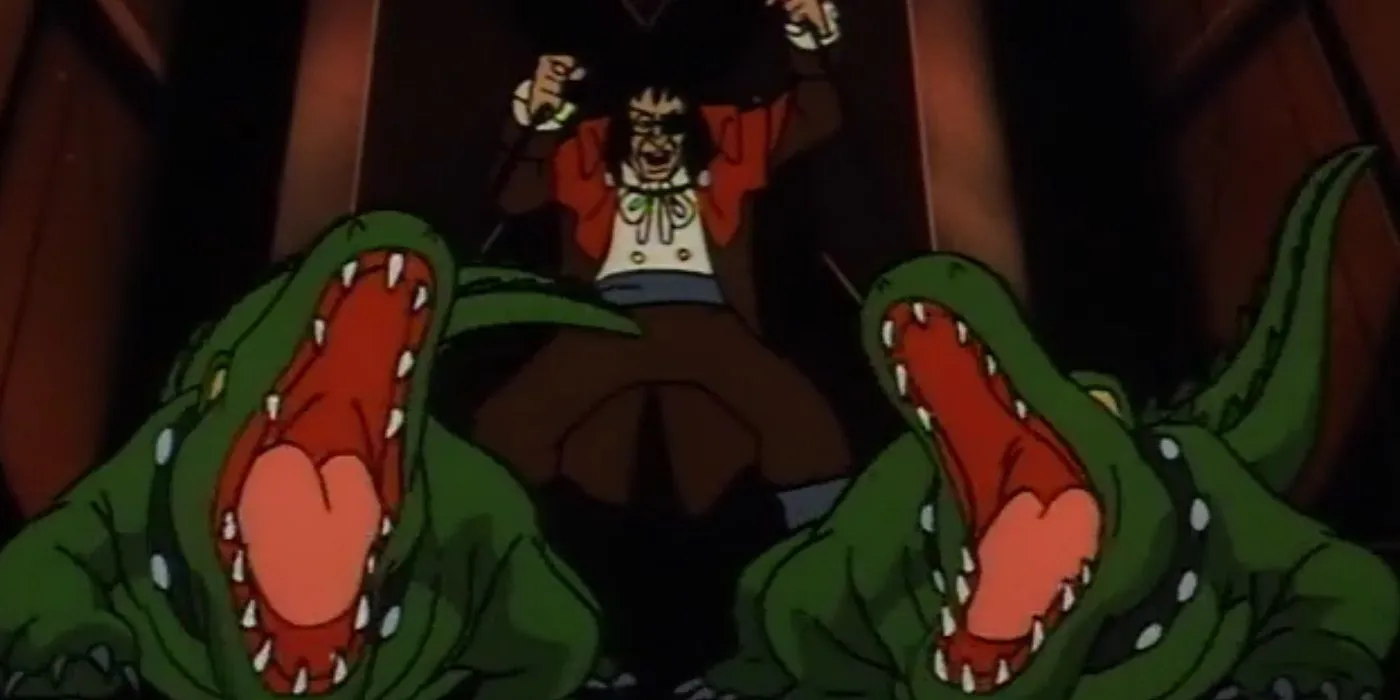
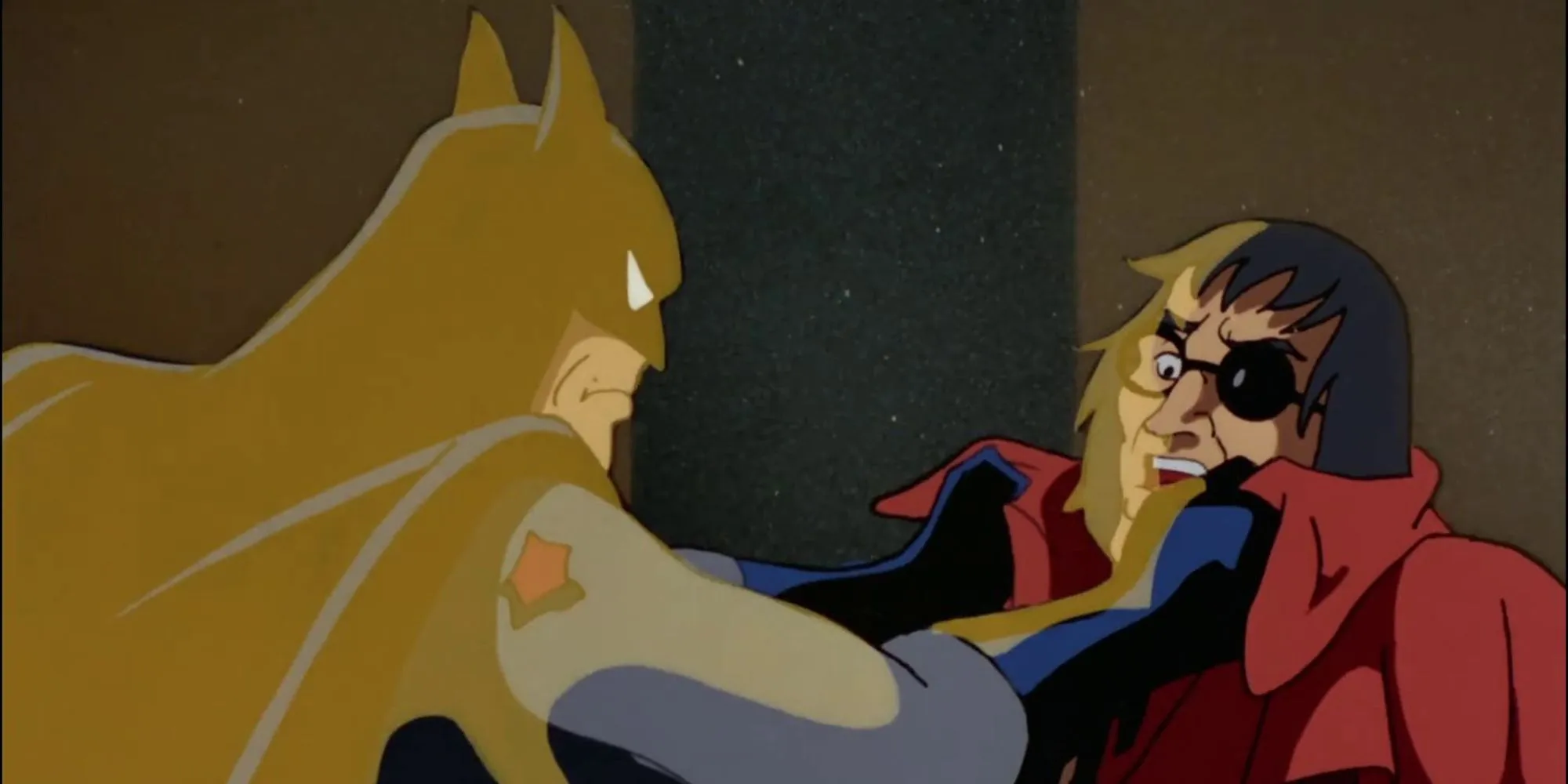
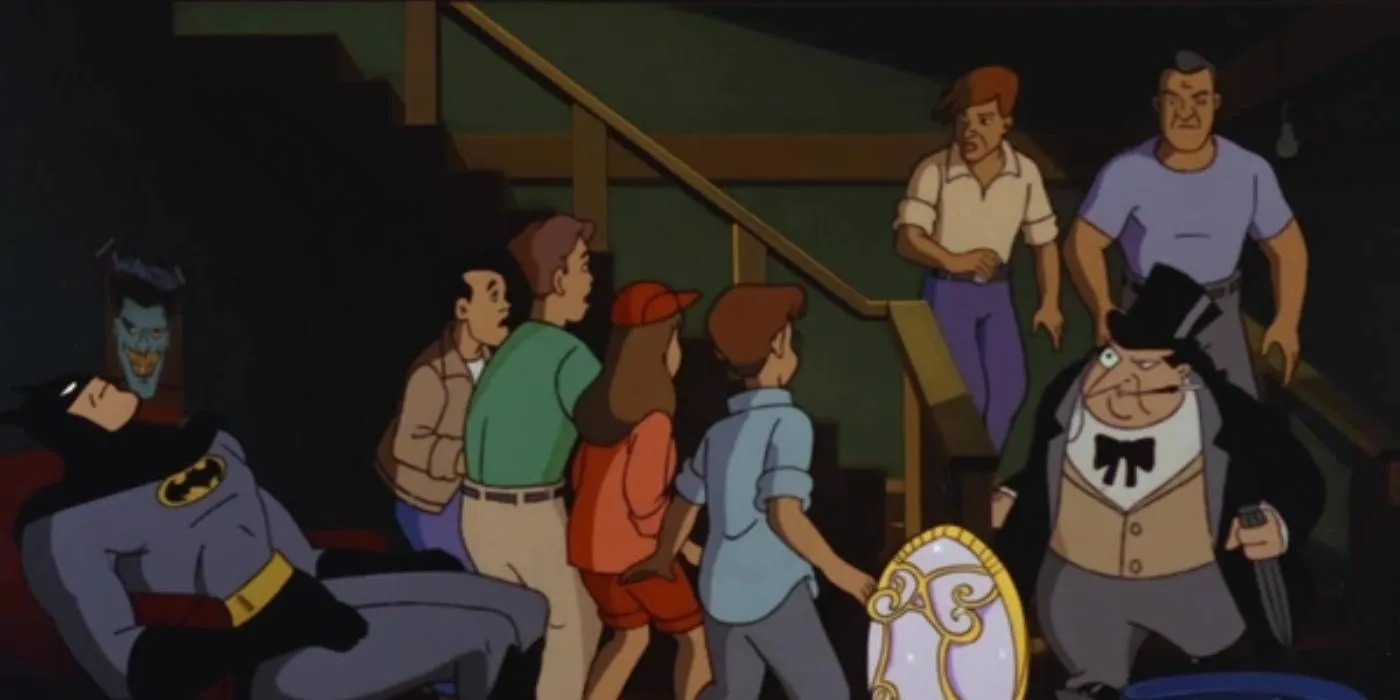
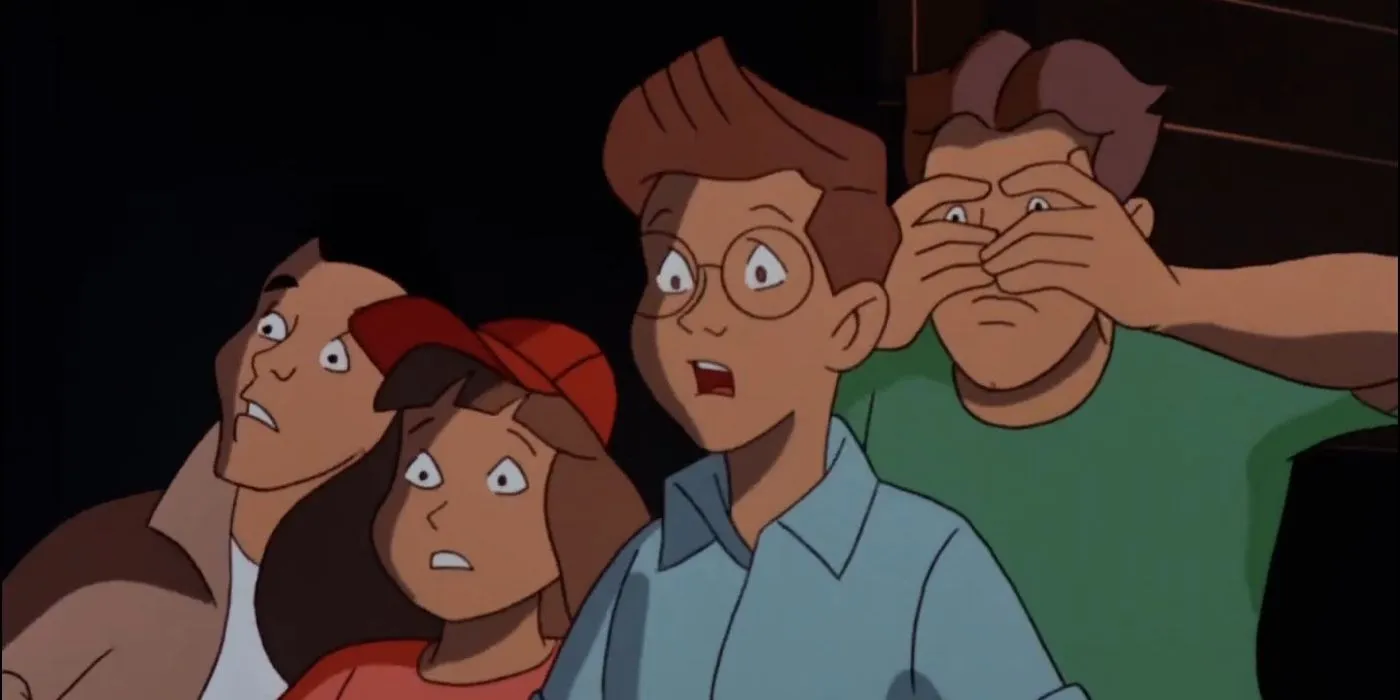
While BTAS is celebrated for many of its exceptional episodes, such as “Heart of Ice,” not all installments uphold the same standards. Several installments, including “The Underdwellers” and “Prophecy of Doom,” have drawn criticism for their lackluster content. Even Bruce Timm, the show’s creator, has voiced his disdain for the episode “I’ve Got Batman in My Basement,” frequently regarded as one of the weakest entries due to its unconvincing narrative and absurd premise involving the Penguin being thwarted by children.
These problematic episodes showcase uninspired plots, slow pacing, and flimsy character development. Although these instances were not the norm for the series, they serve as reminders of missed creative opportunities that stand out in the overall body of work.
1 The Representation Of Race Was Disappointing
Watch Batman: TAS Season 1, Episode 35 “Kyodai Ken”
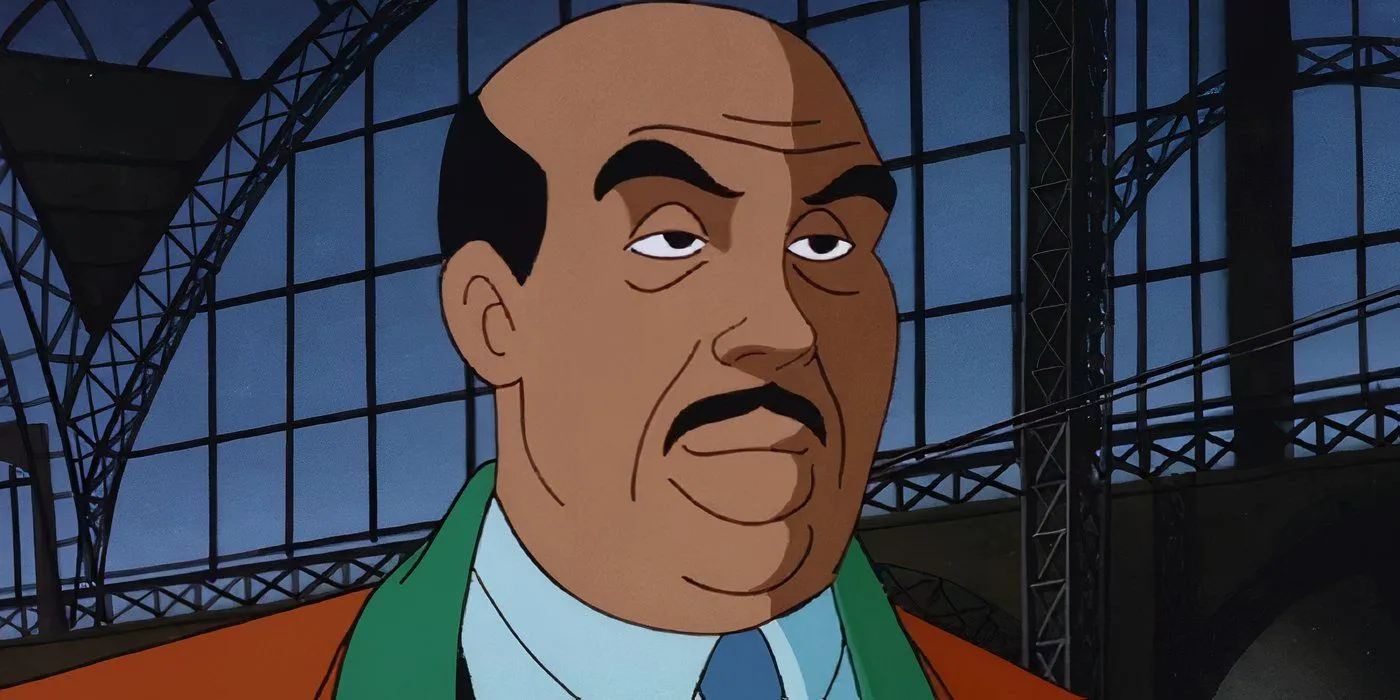

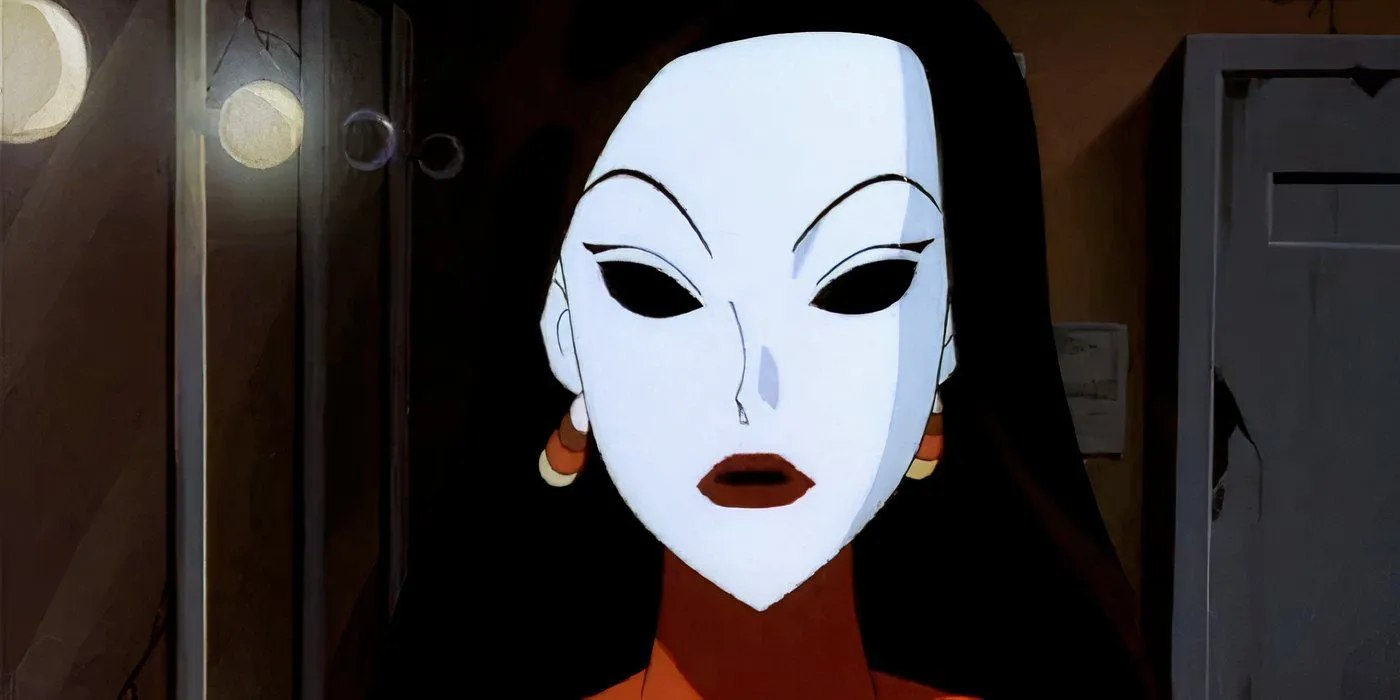
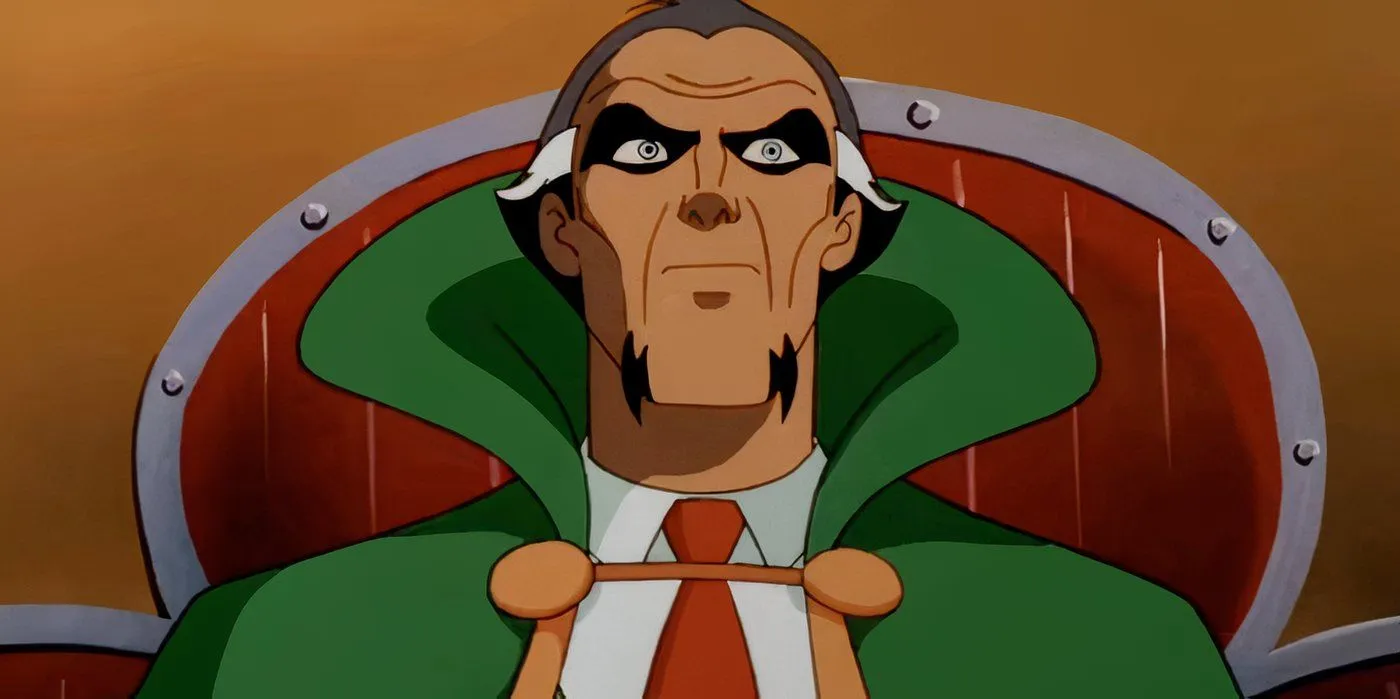
One of the more glaring shortcomings in BTAS is its insufficient representation of diverse racial backgrounds. The primary cast skews predominantly white, with characters of color making infrequent appearances, often depicted as antagonists. When present, they frequently exemplify negative stereotypes and exoticized tropes. Characters such as Kyodai Ken, who embodies traditional martial arts, fall into the trap of orientalist caricatures that feel increasingly obsolete.
In retrospect, the lack of racial diversity highlights significant limitations within BTAS, especially amid current demands for broader, more inclusive narratives. Despite the show’s impactful achievements, its handling of race represents one of its most substantial flaws, overshadowing its otherwise commendable legacy.




Leave a Reply ▼